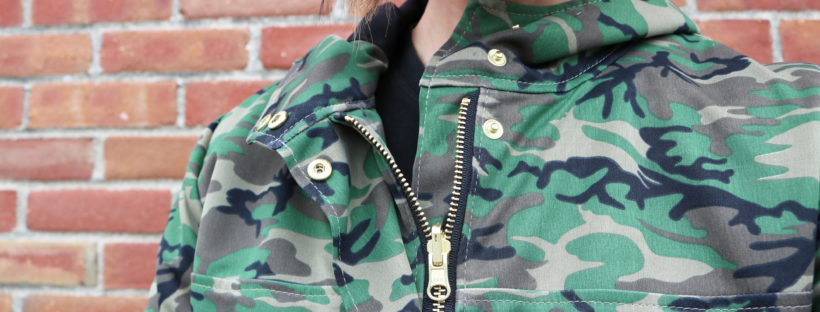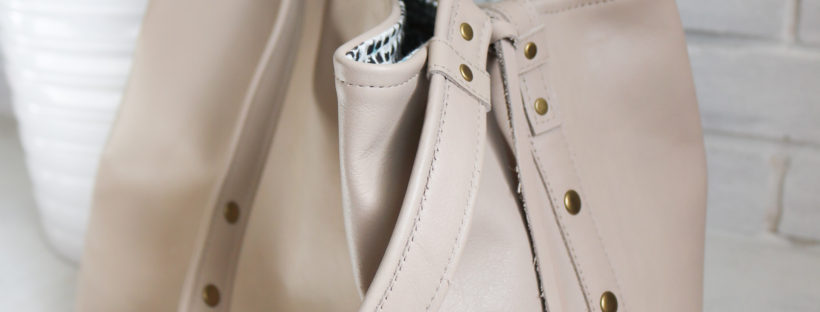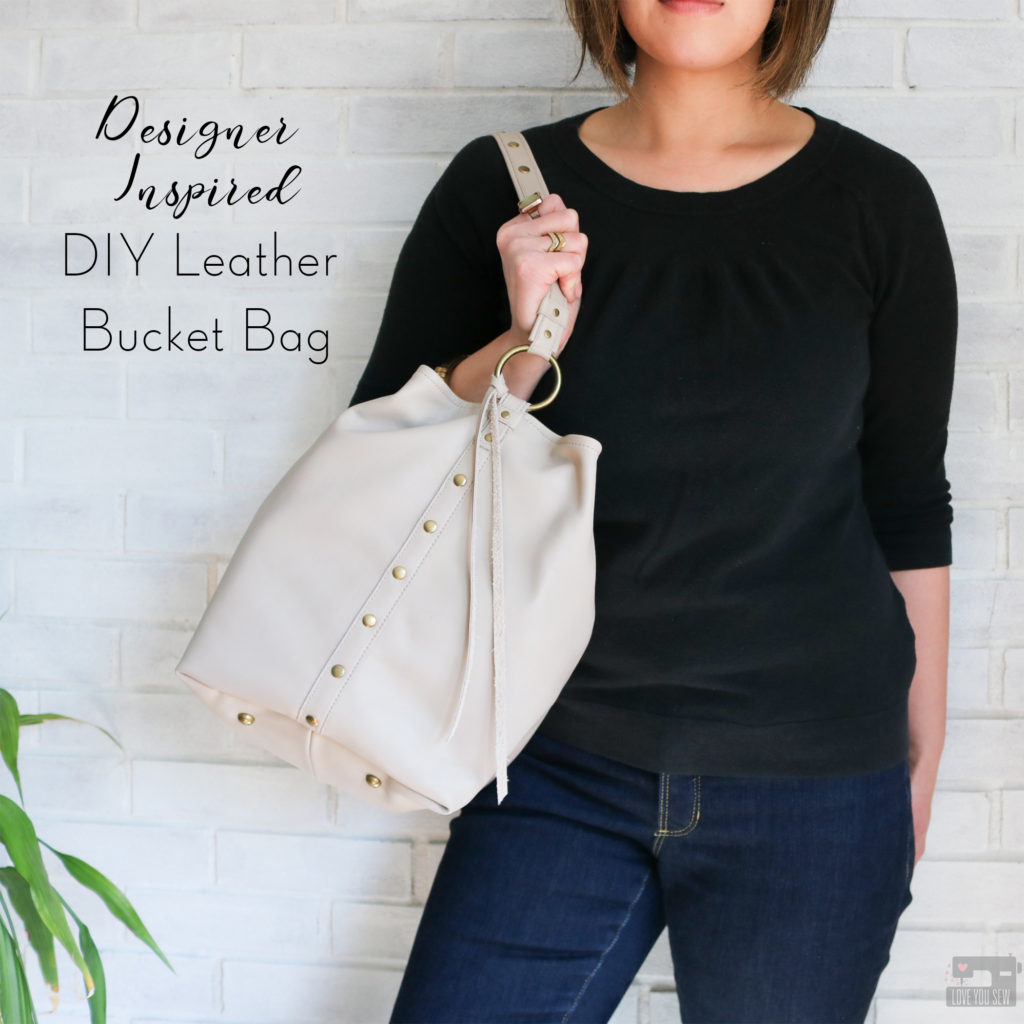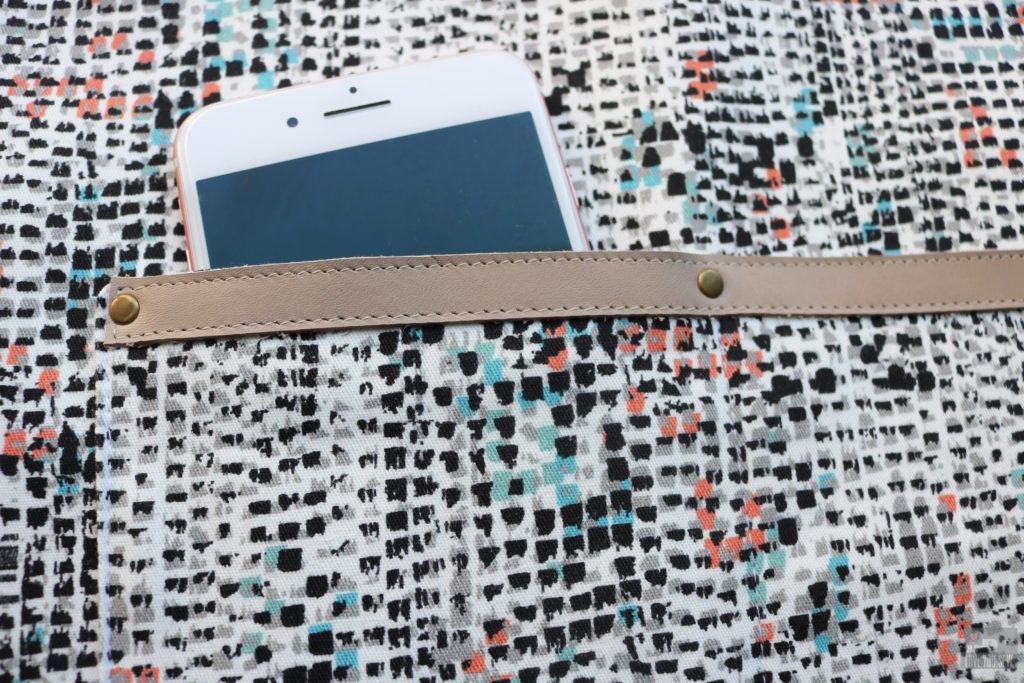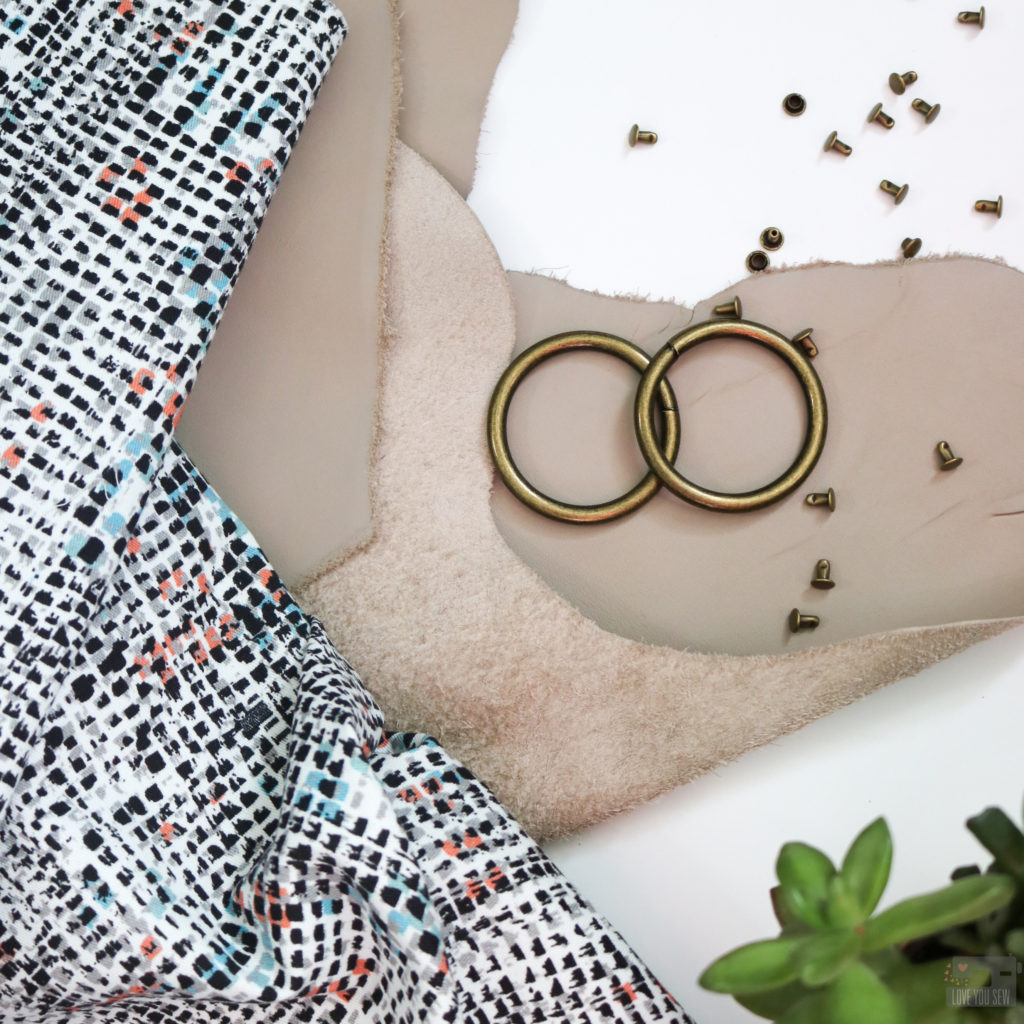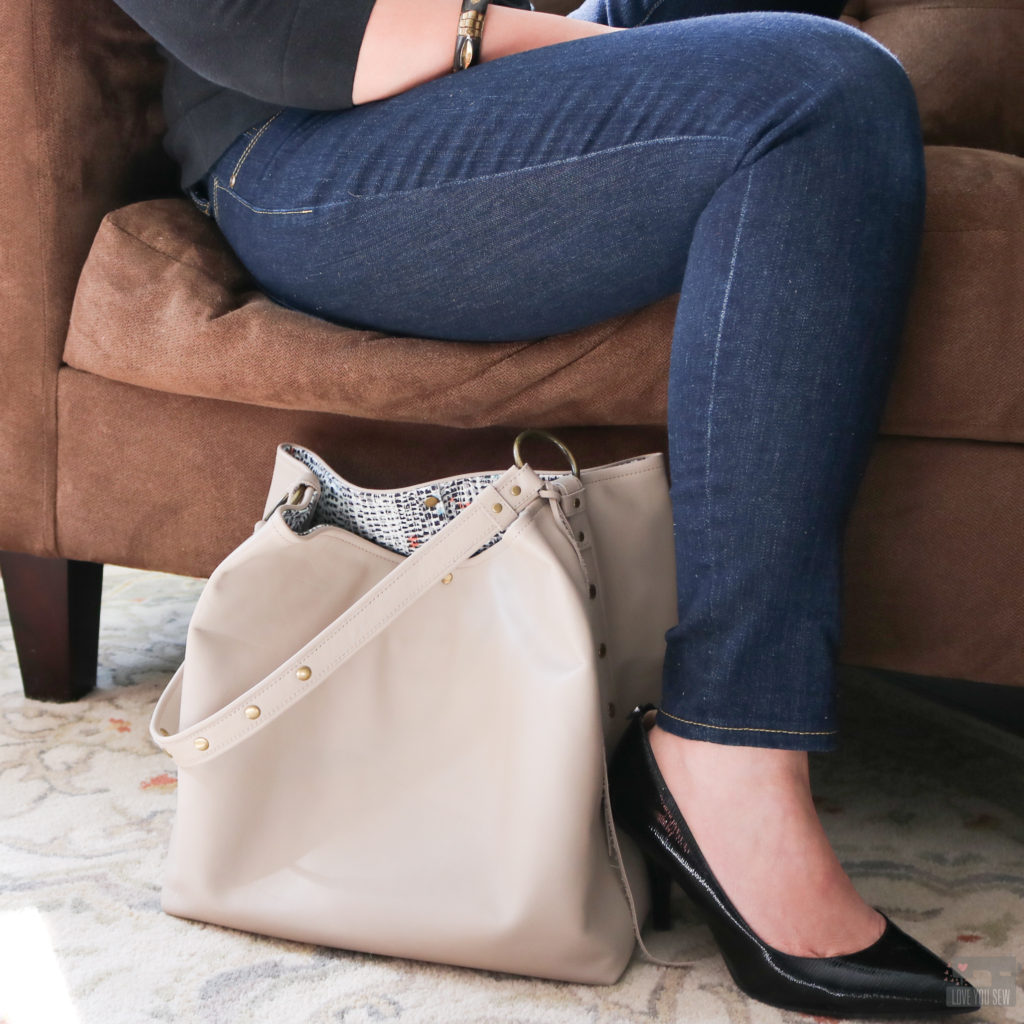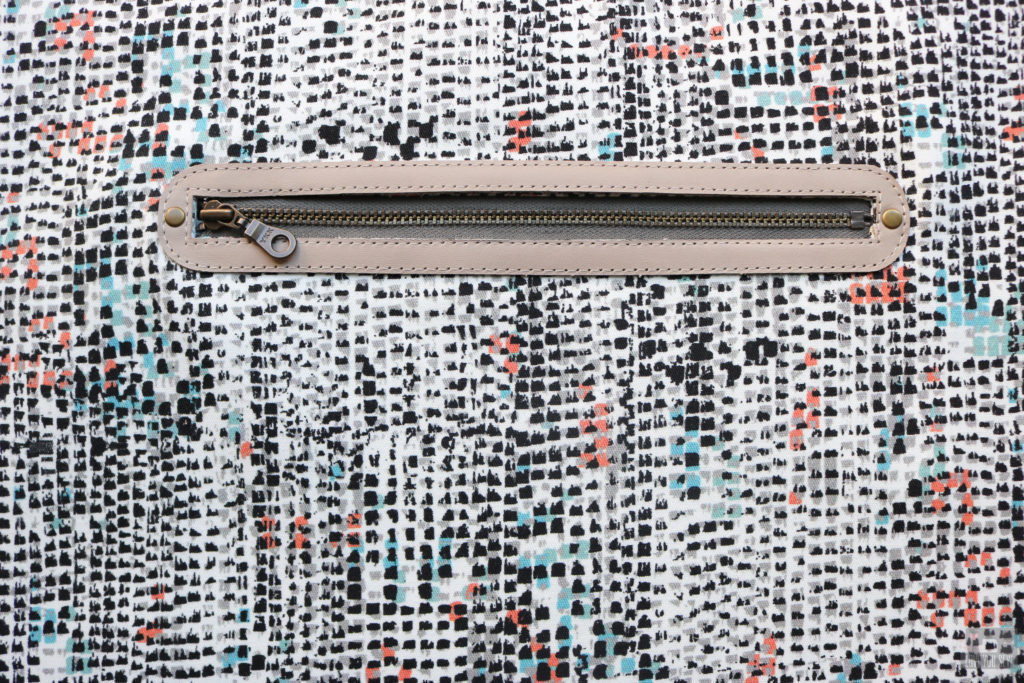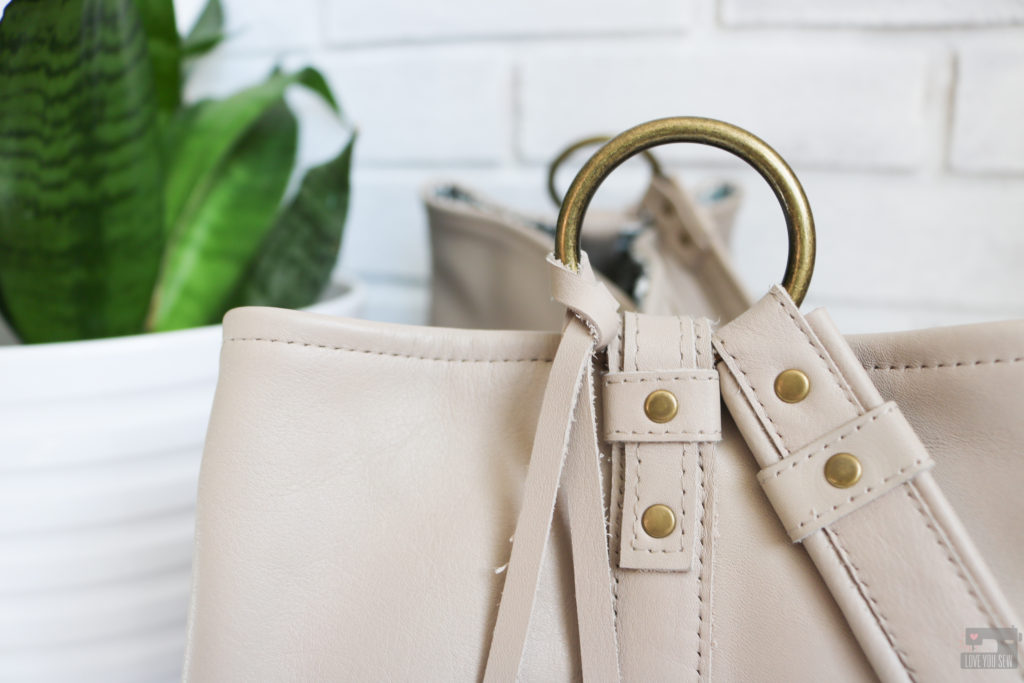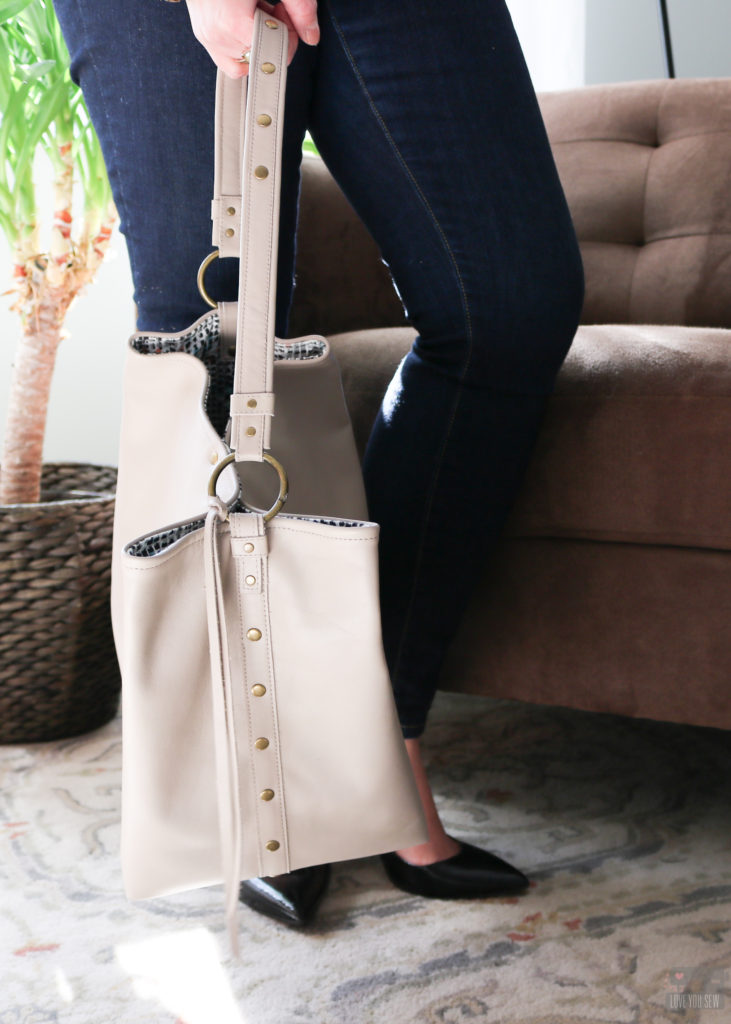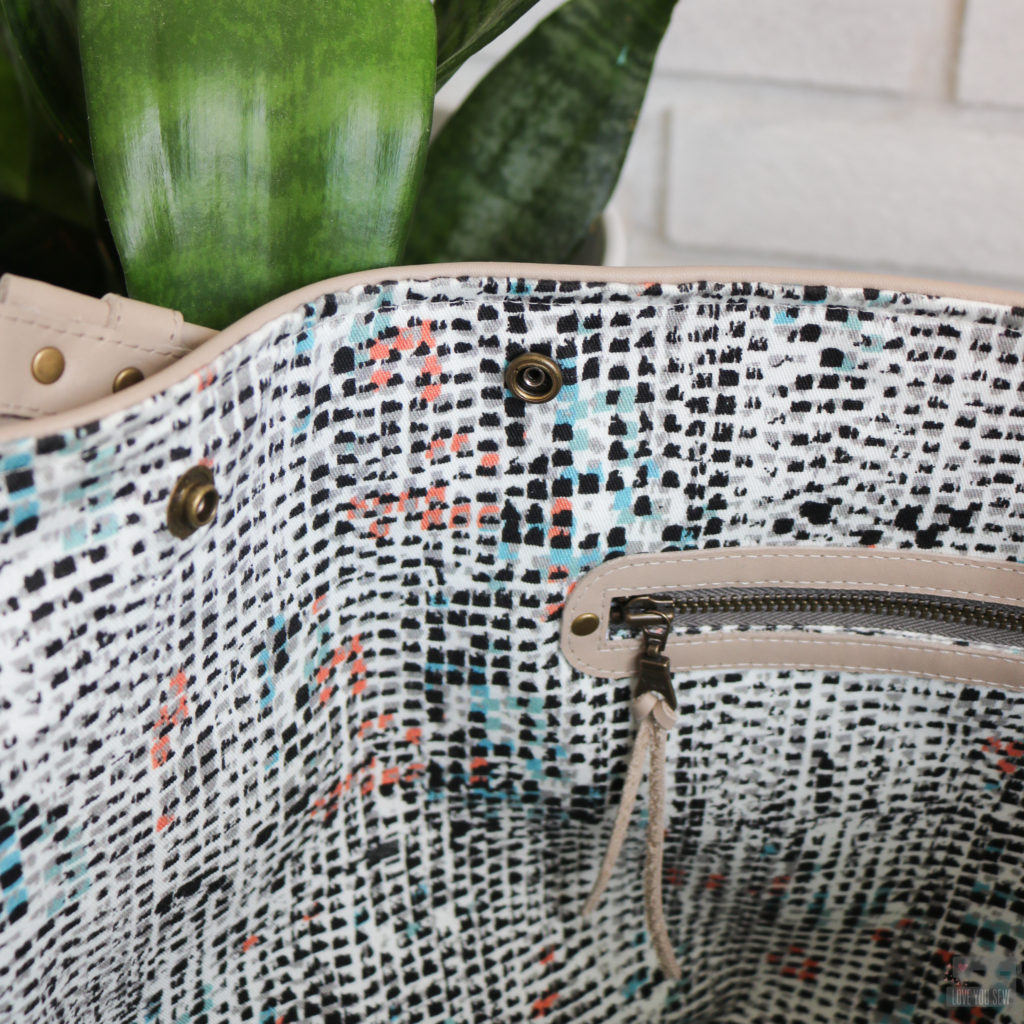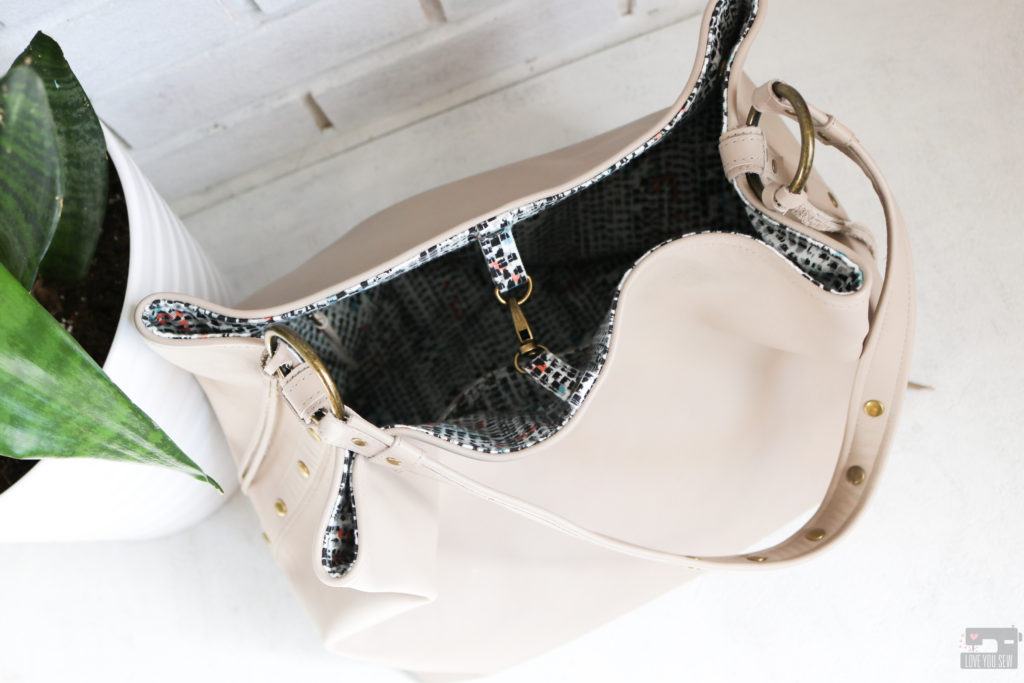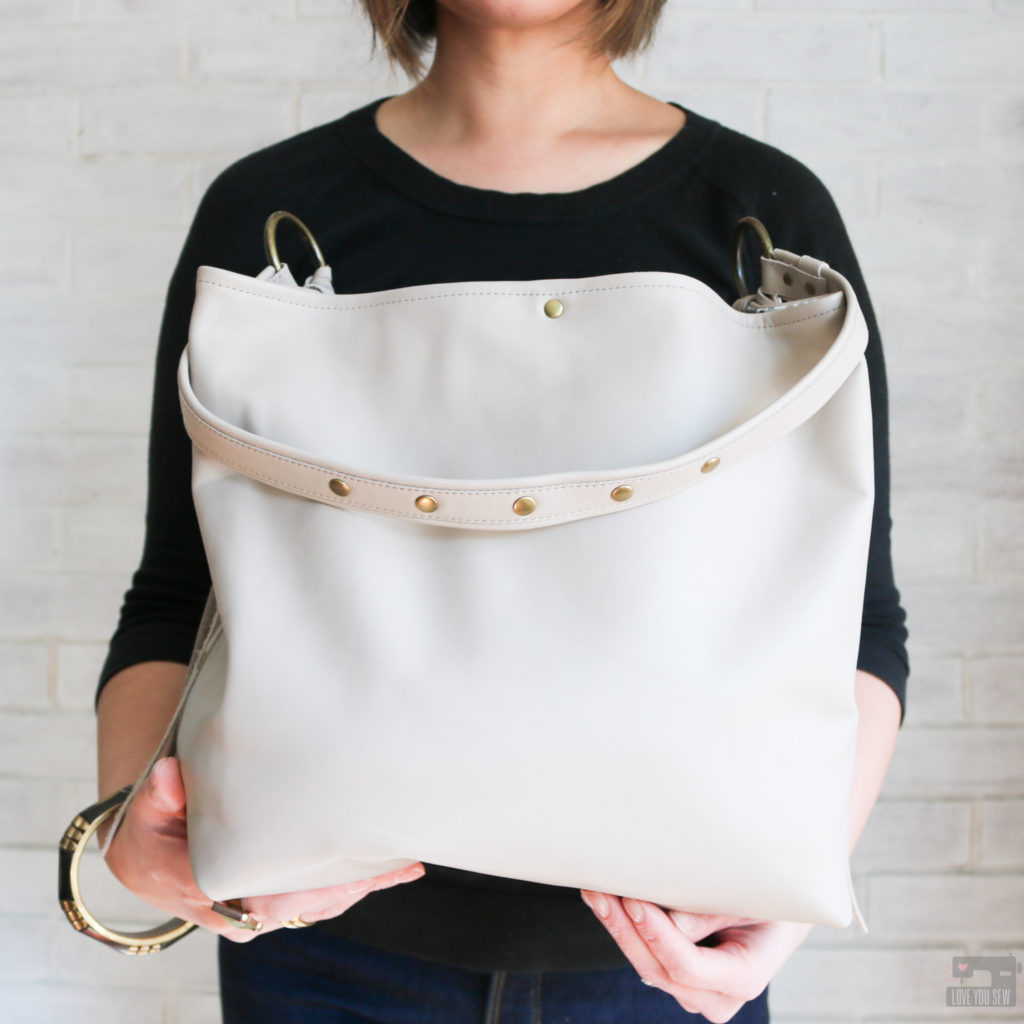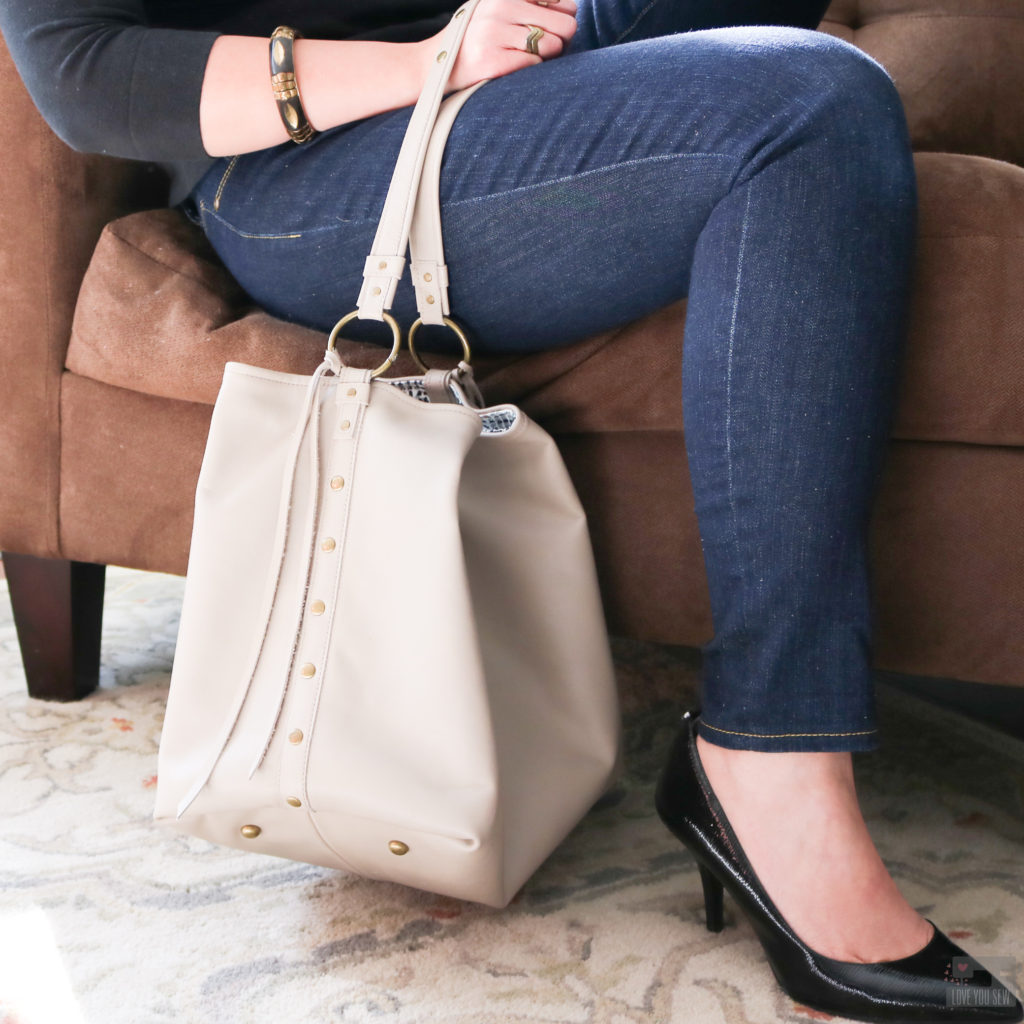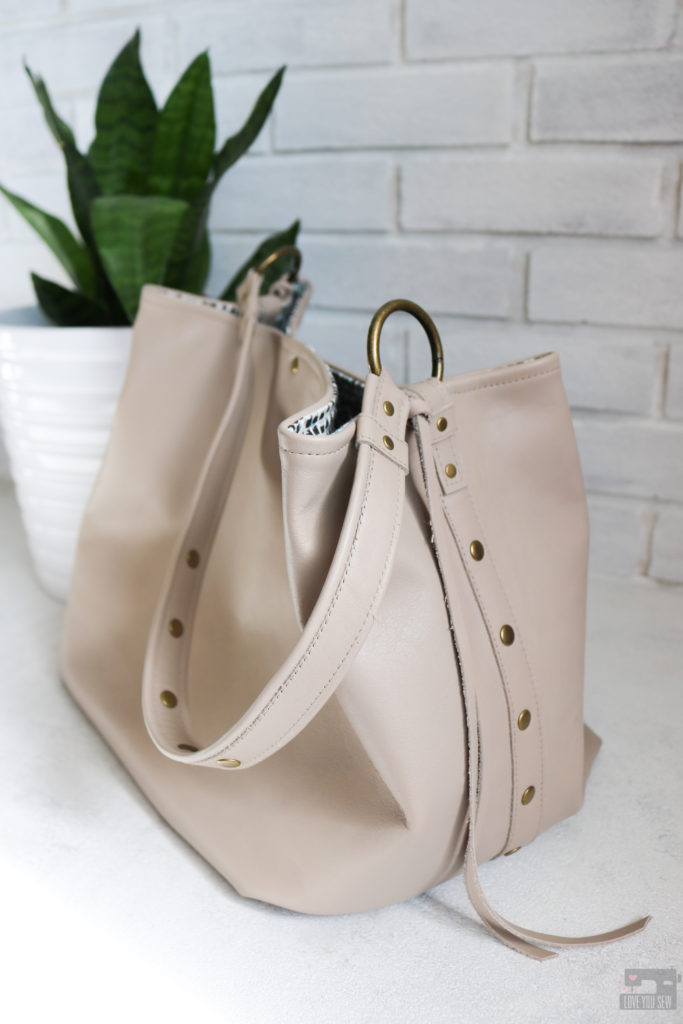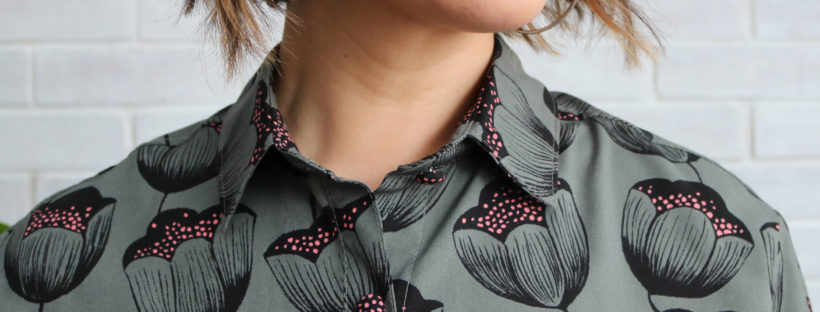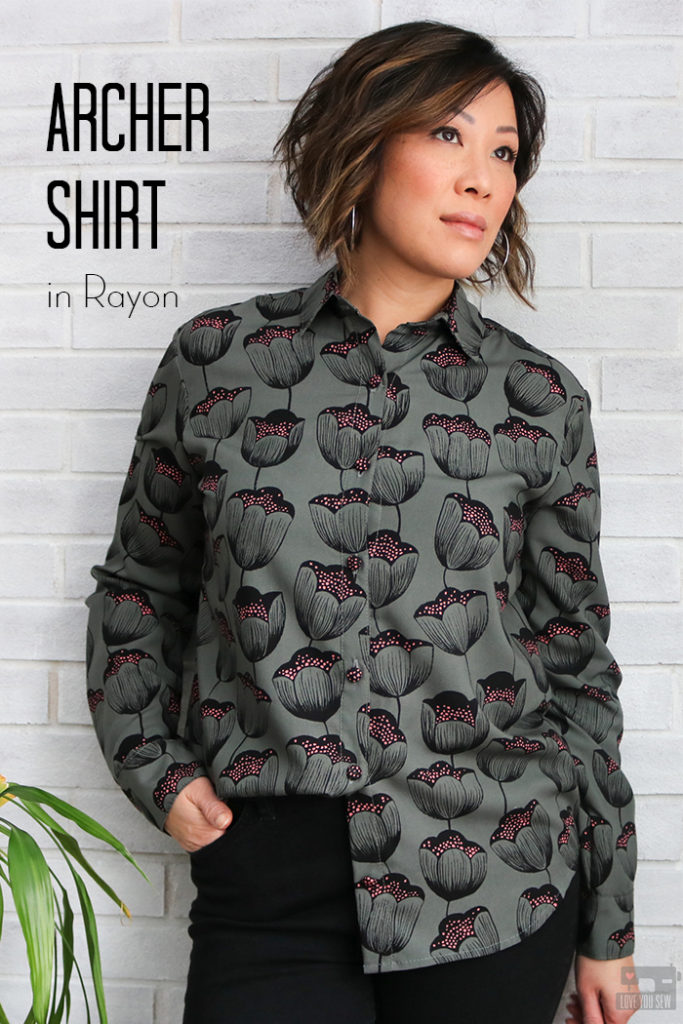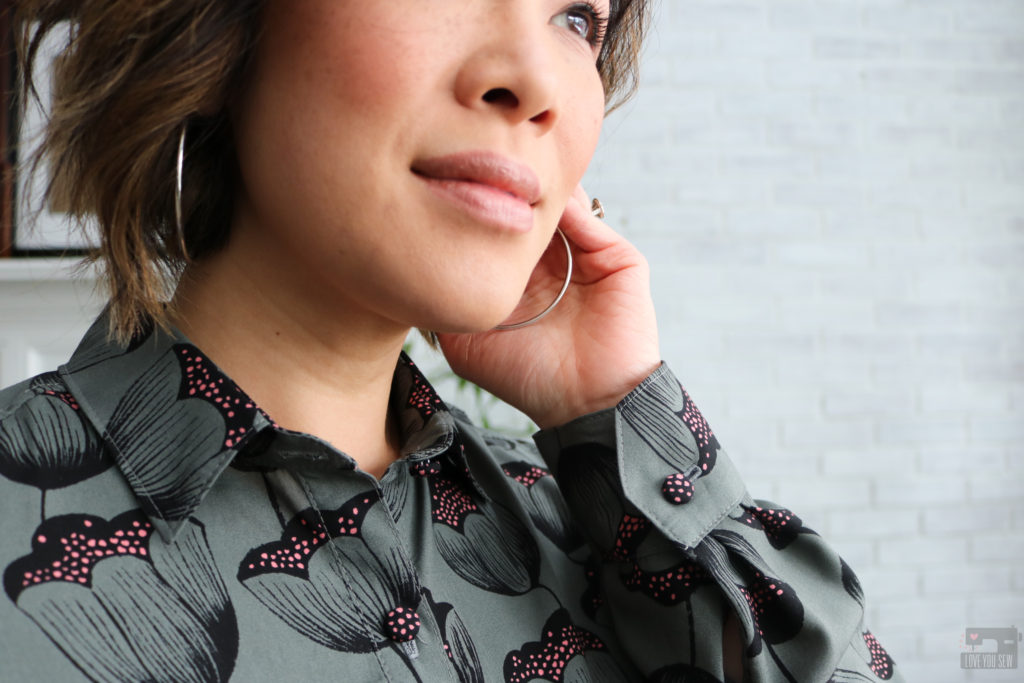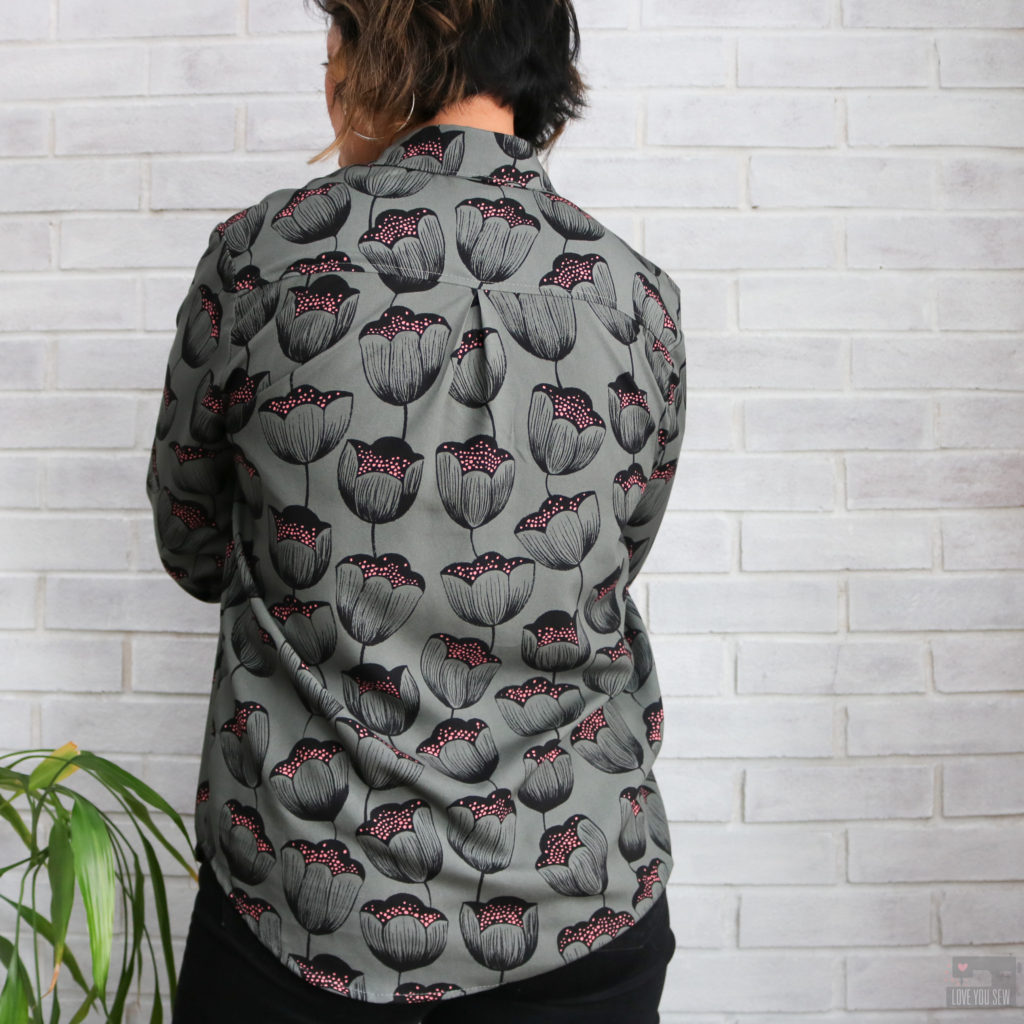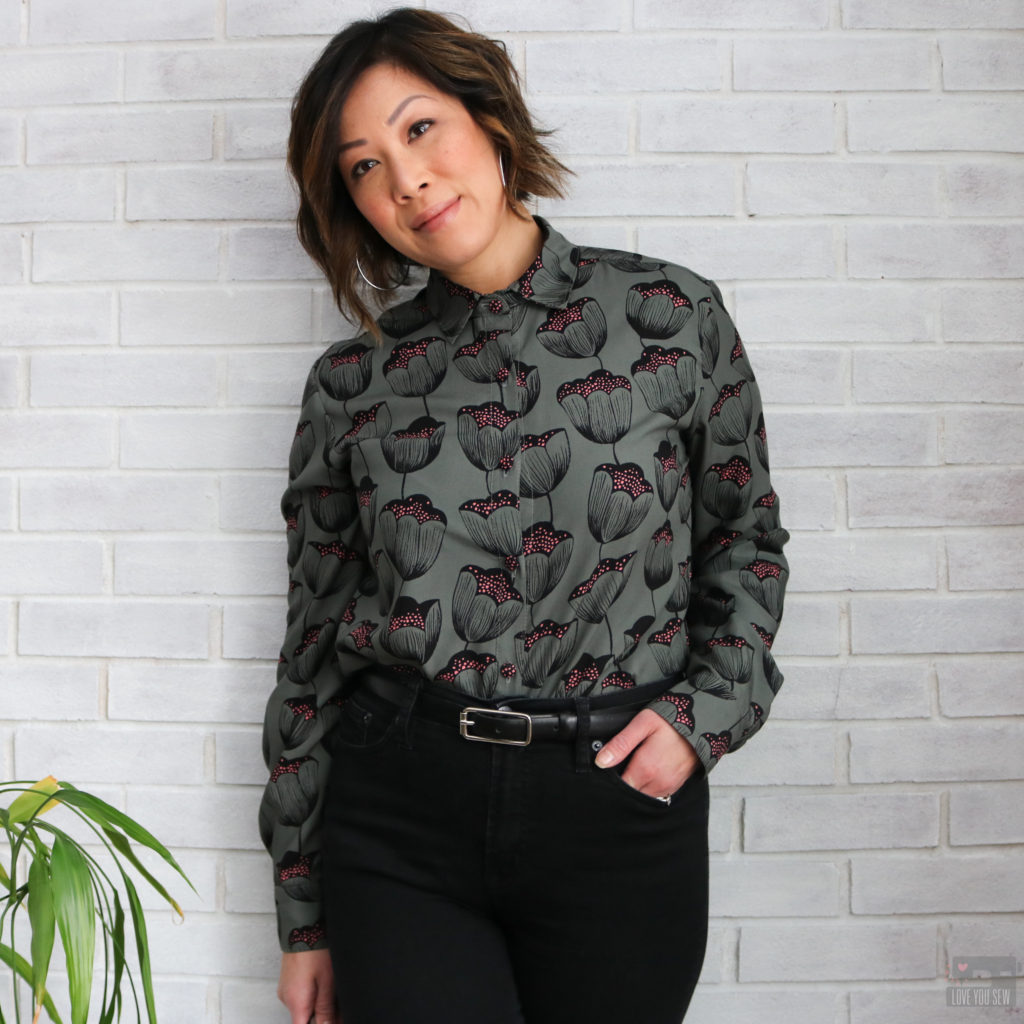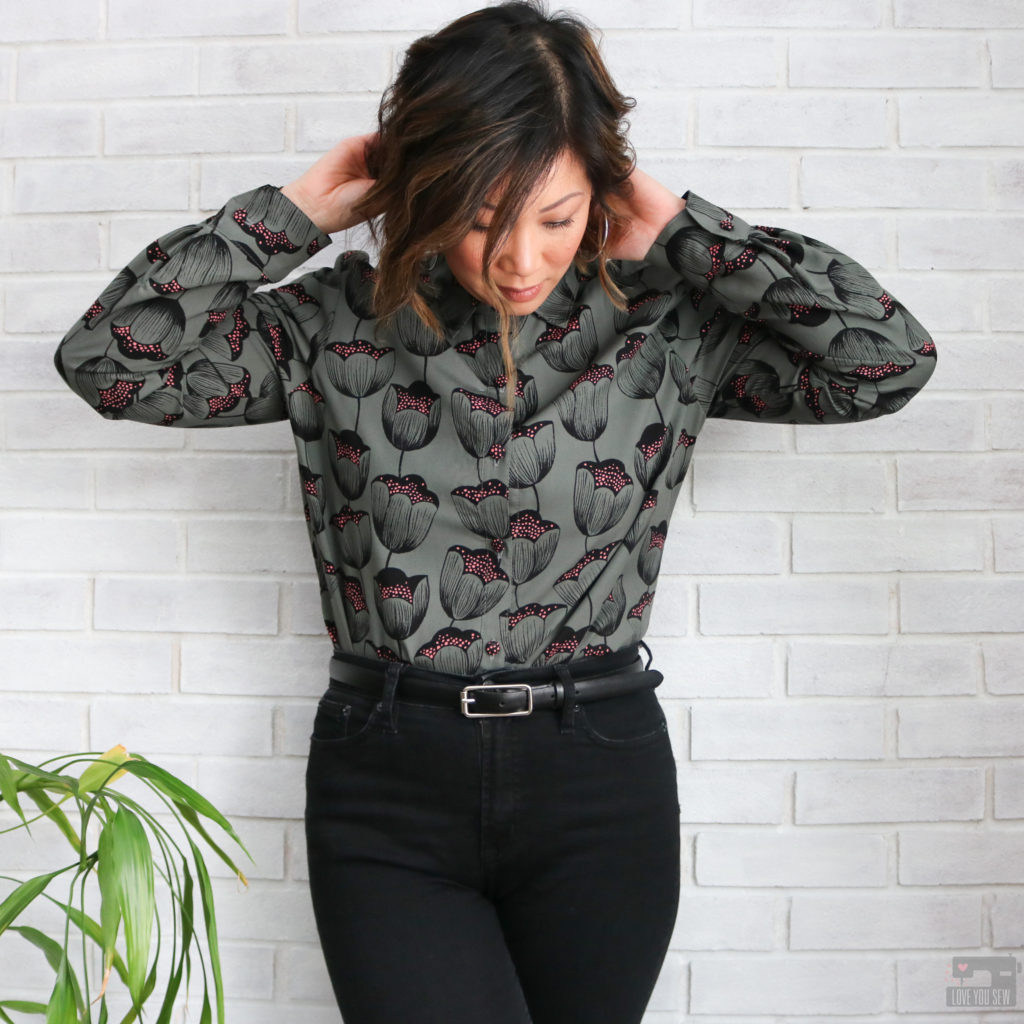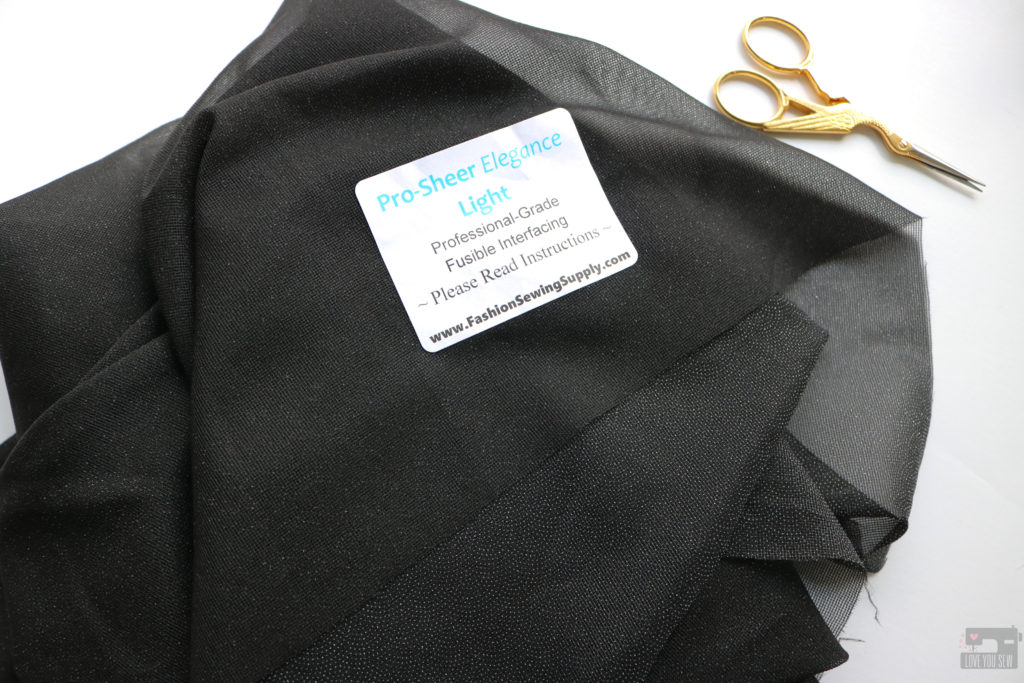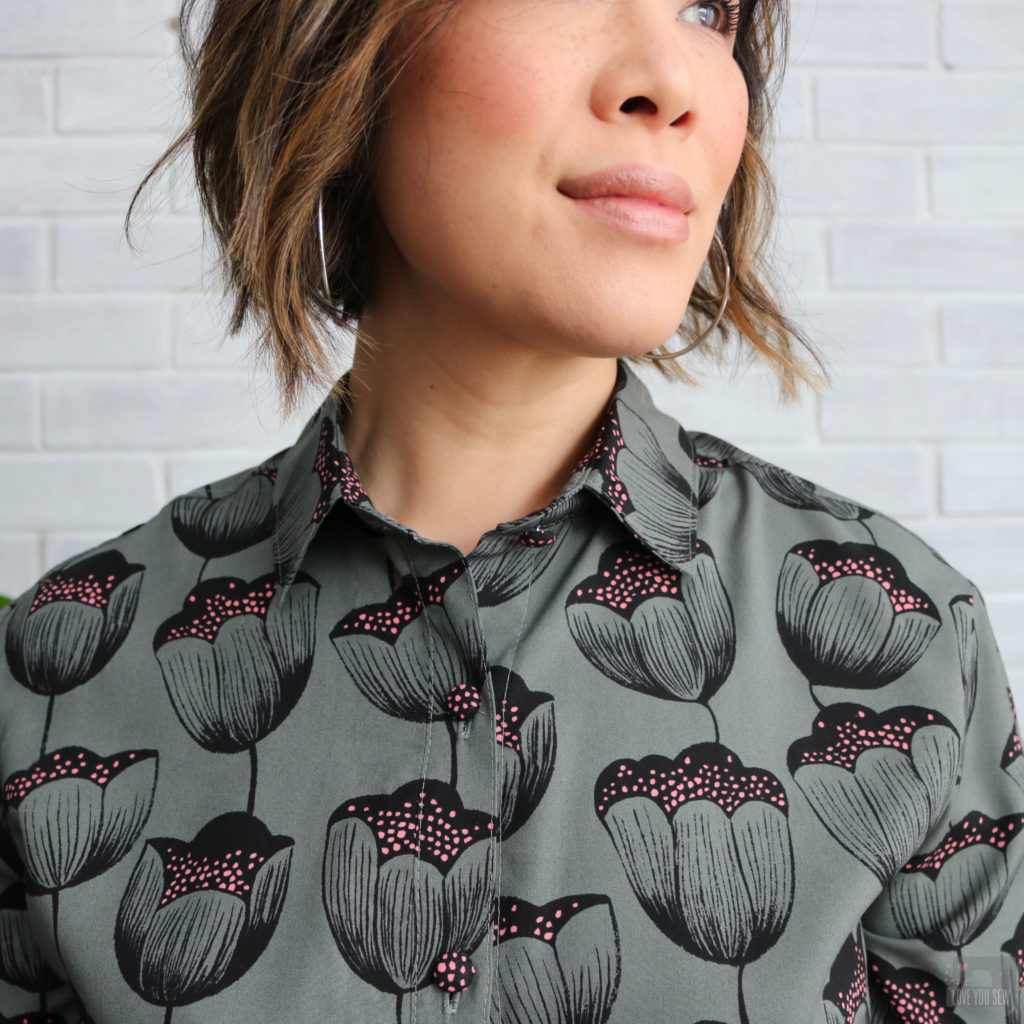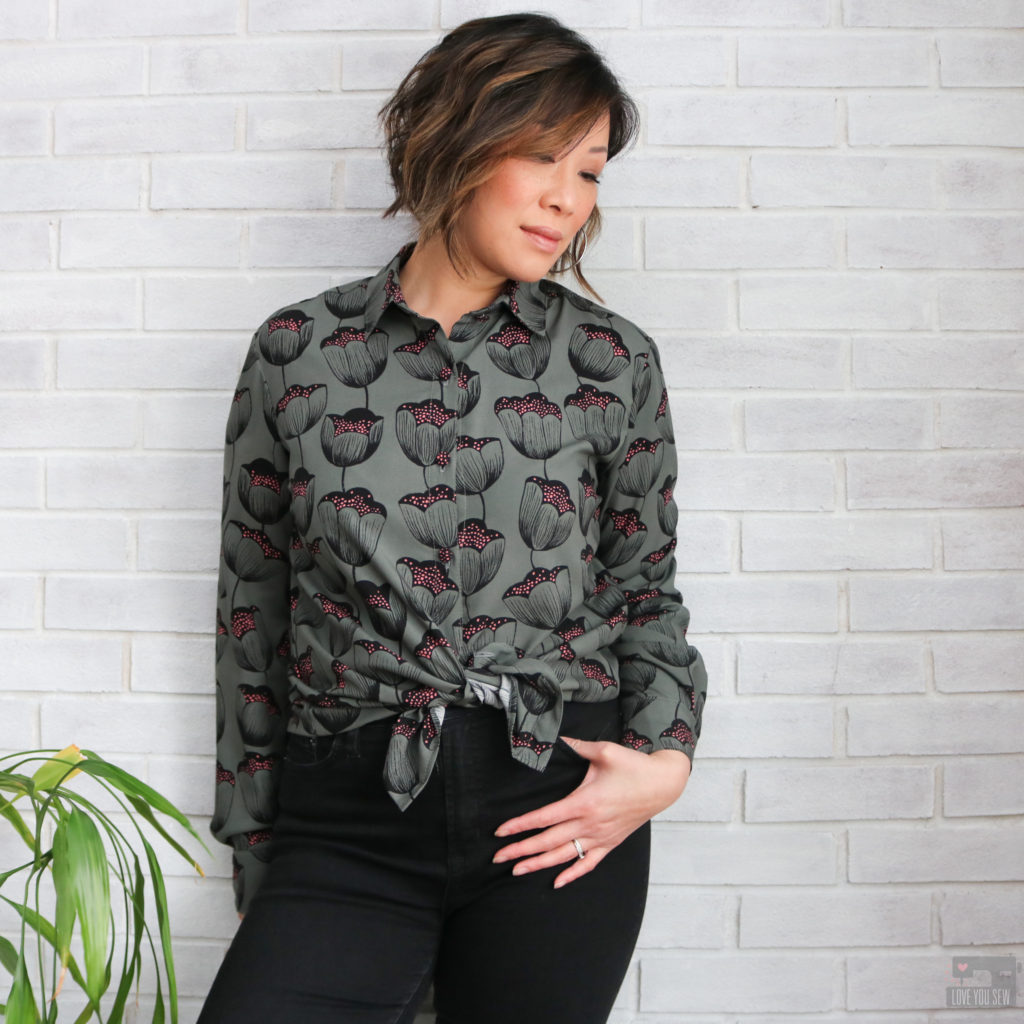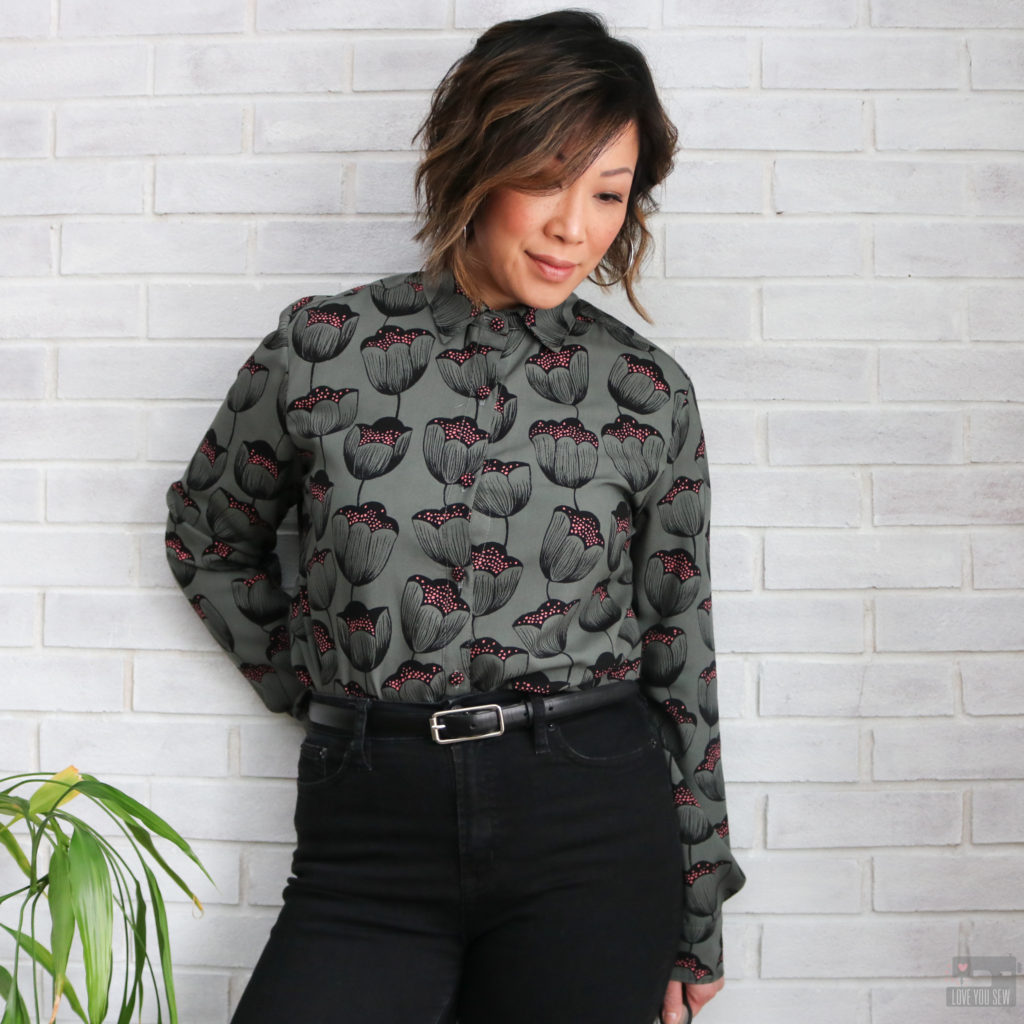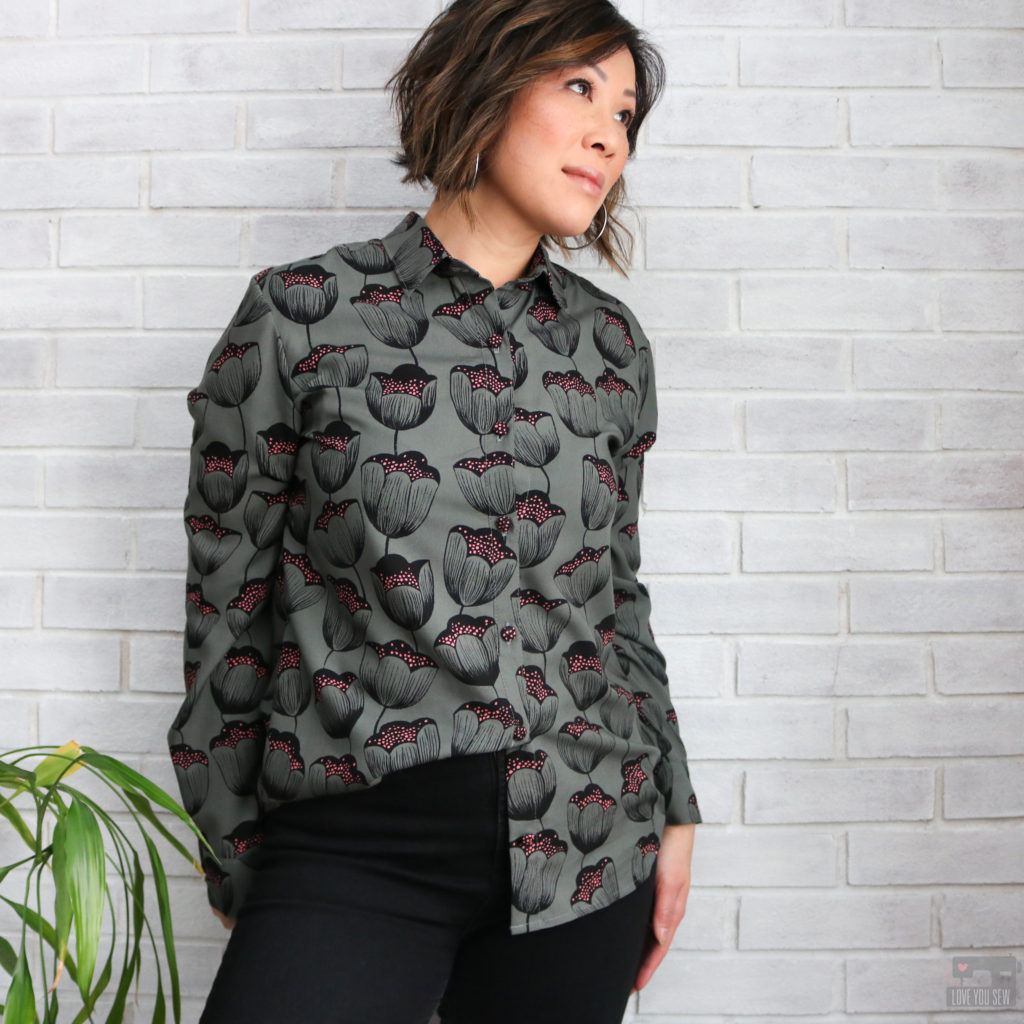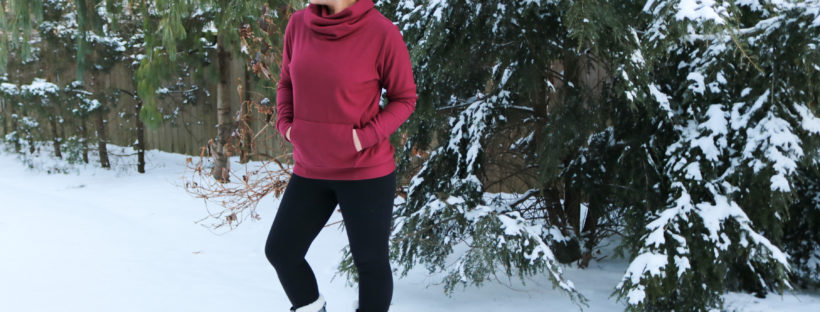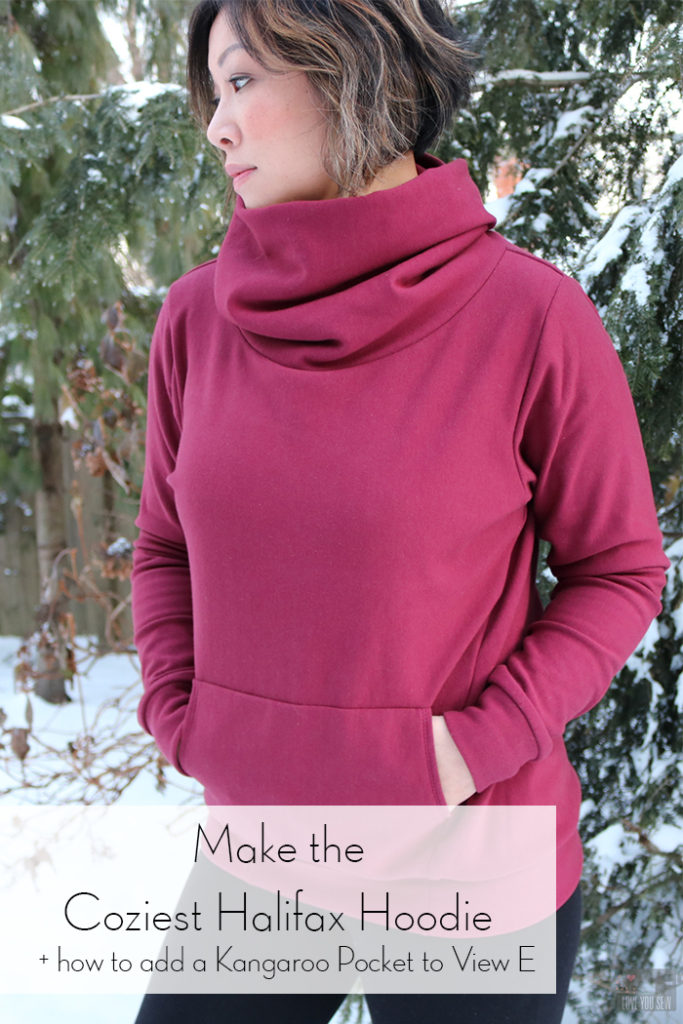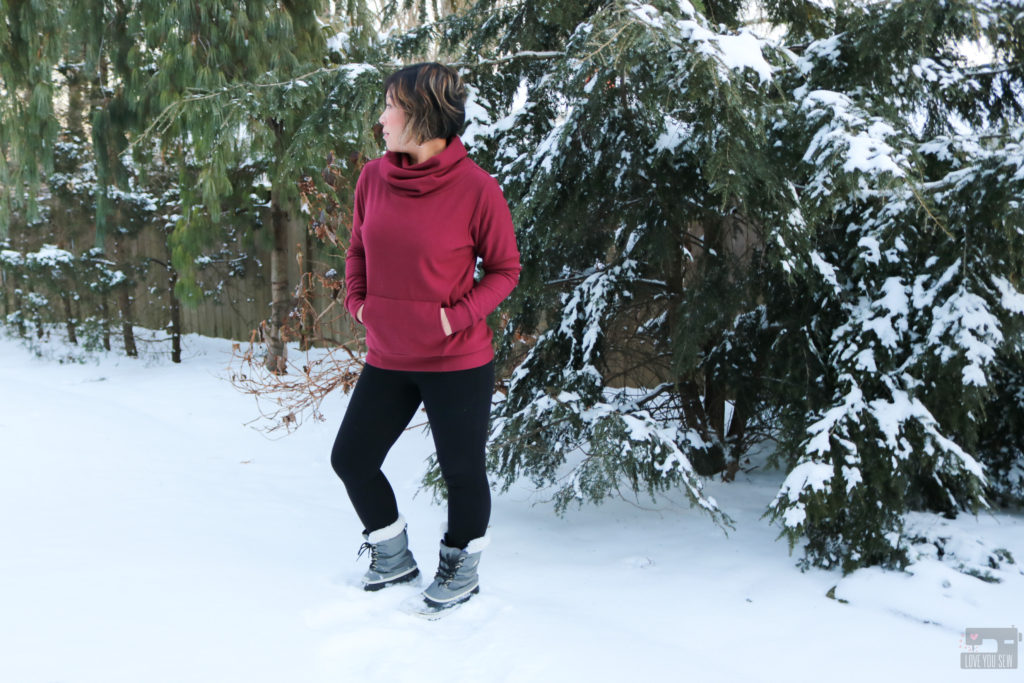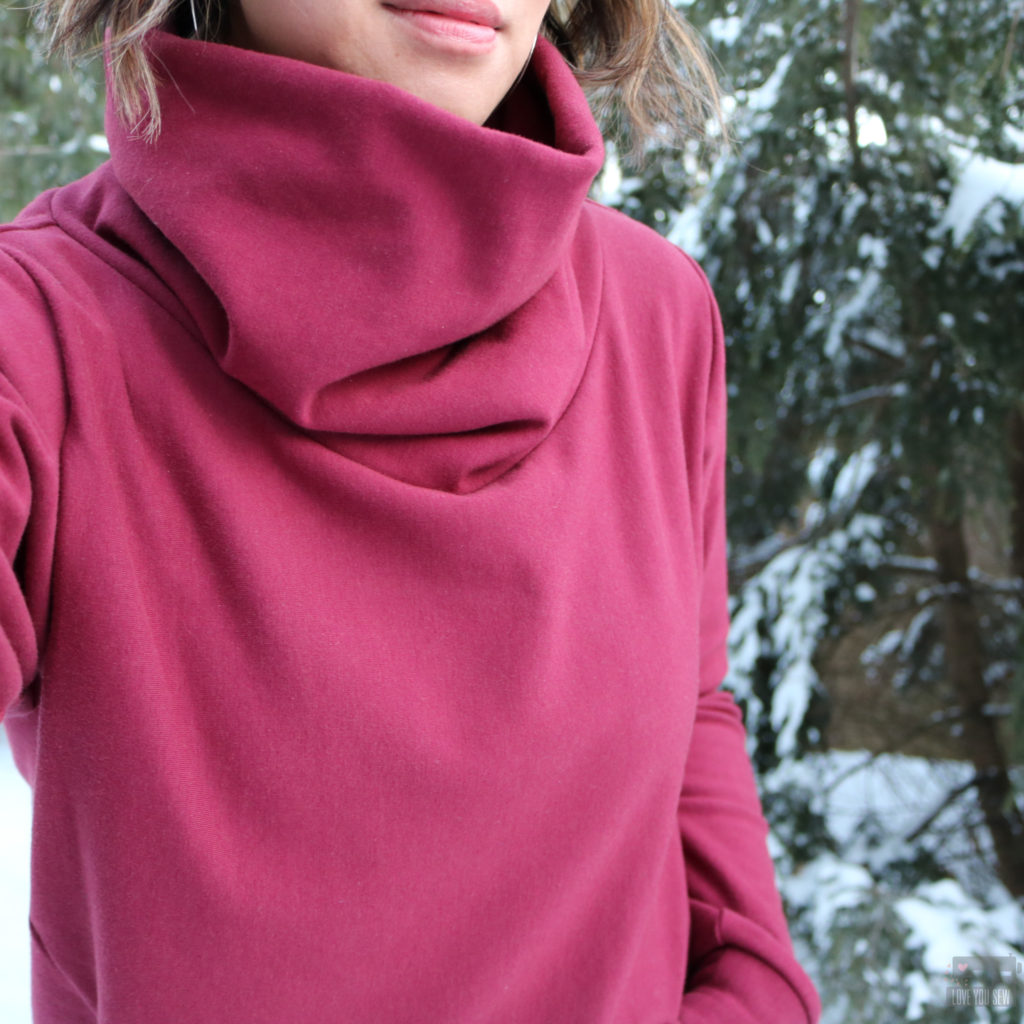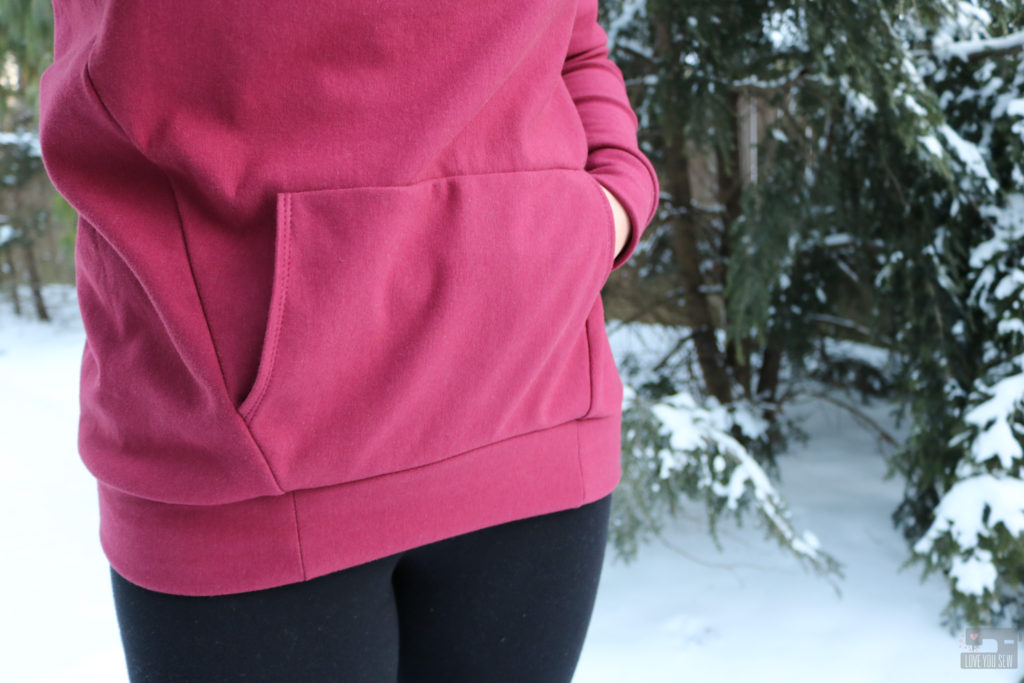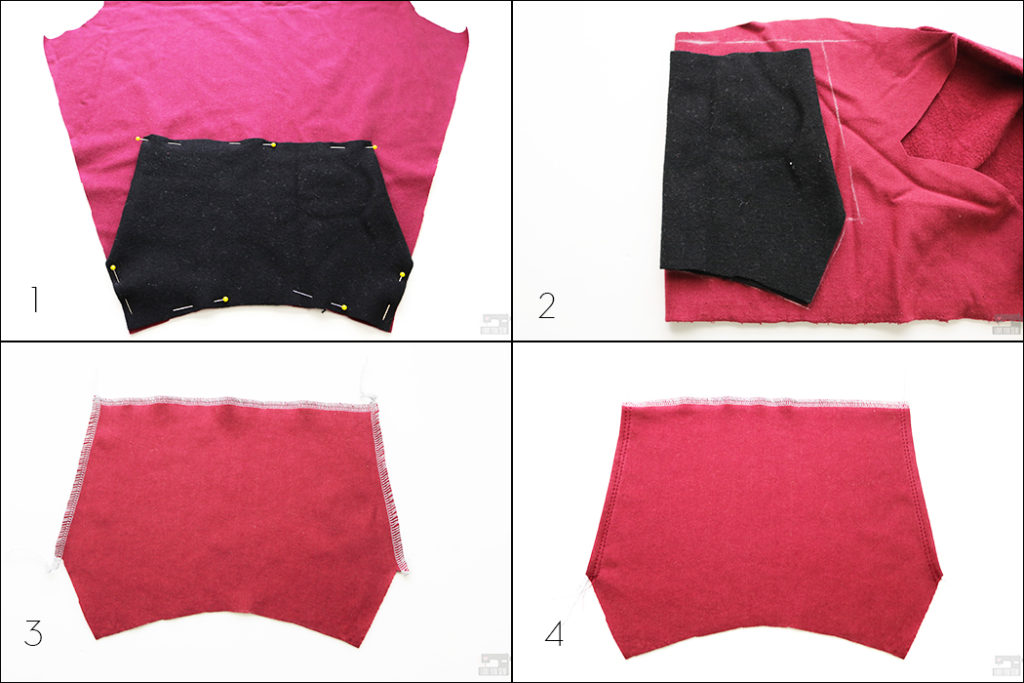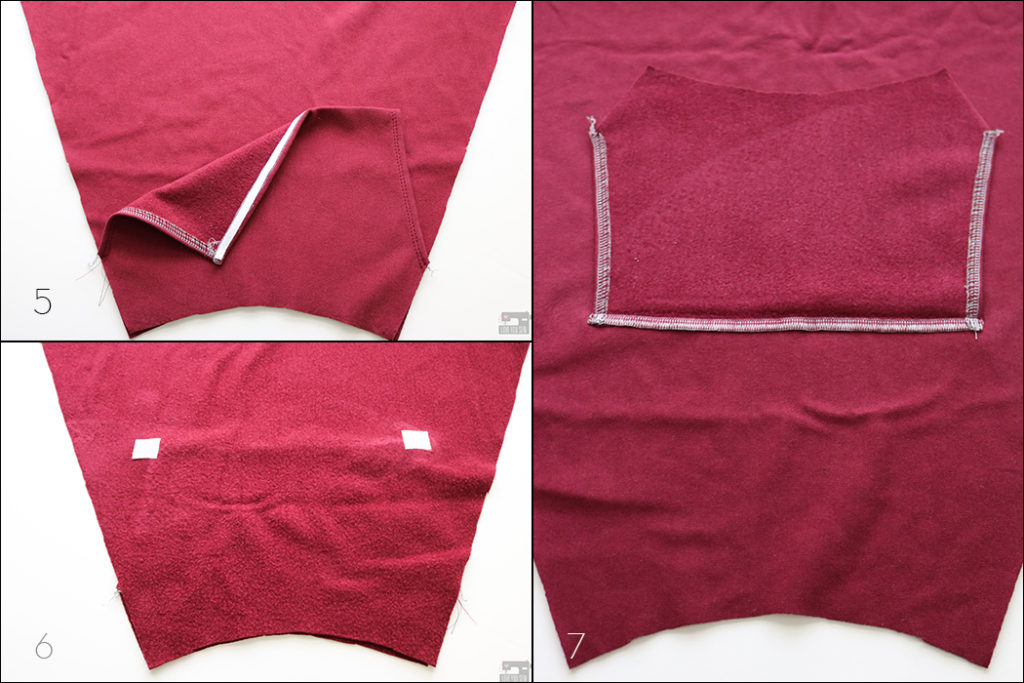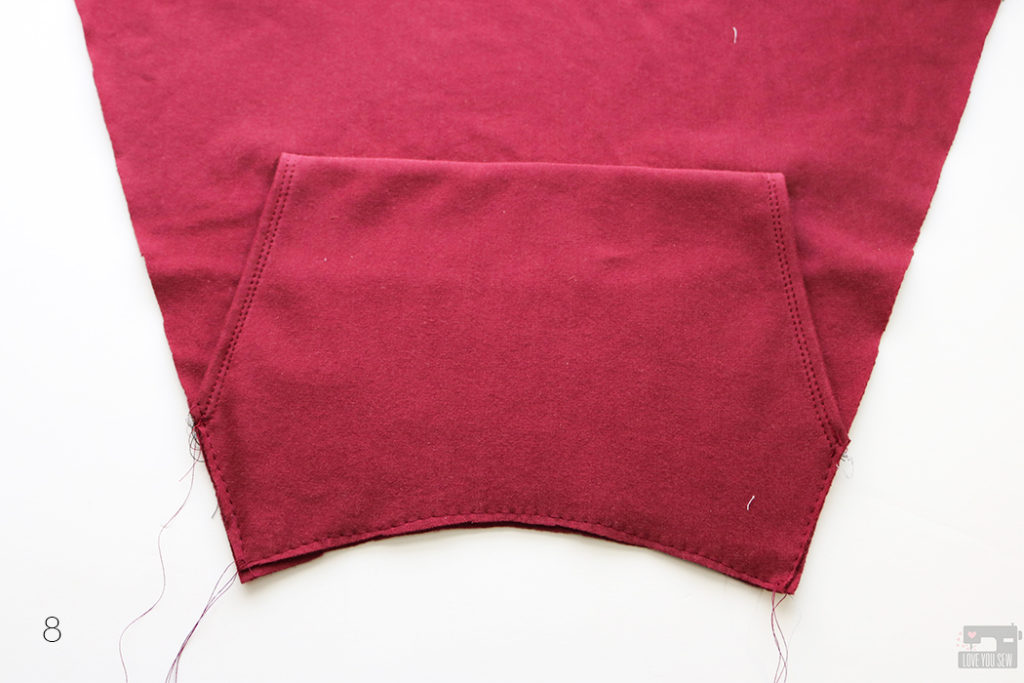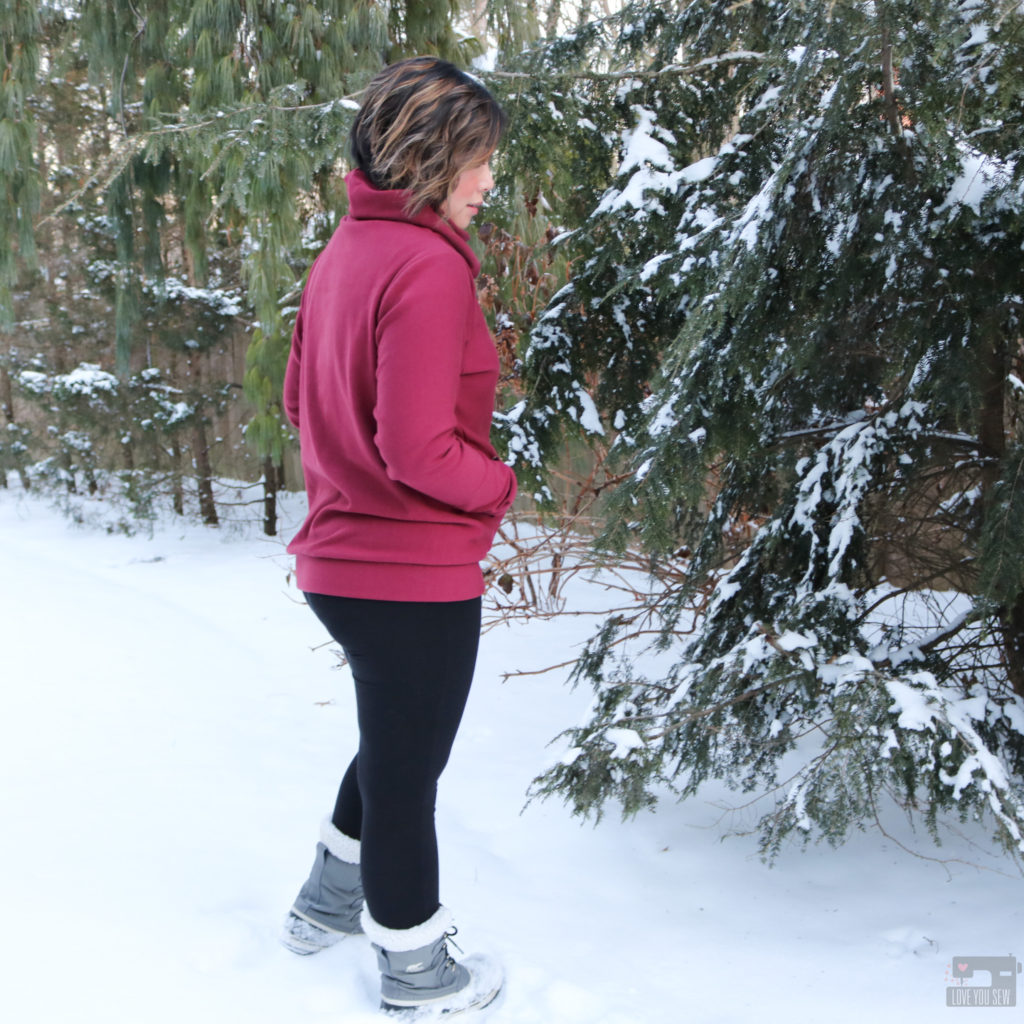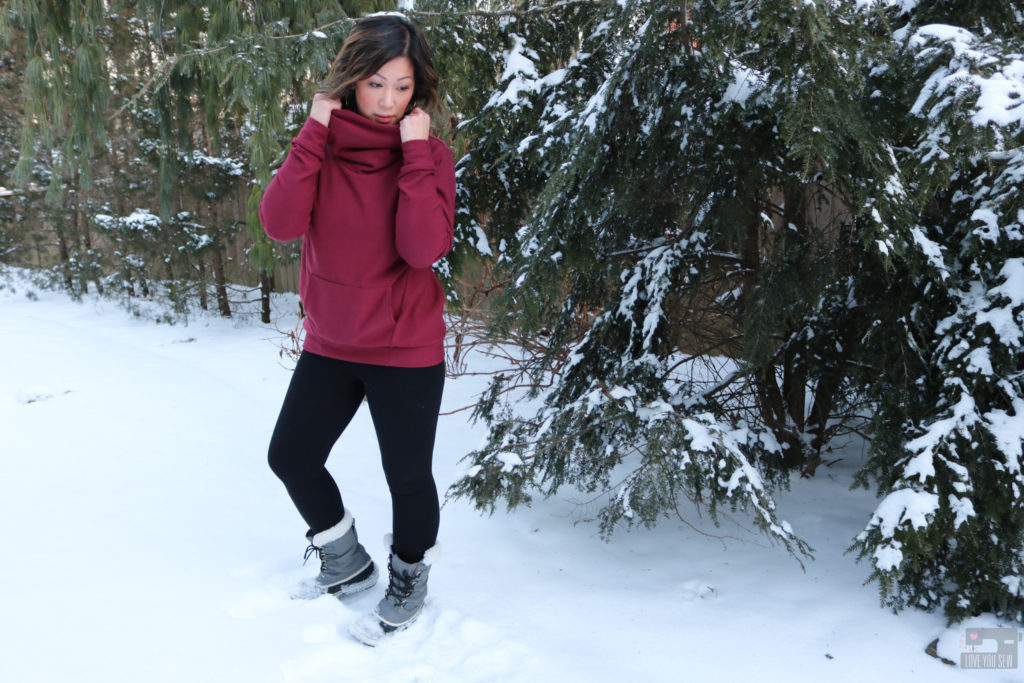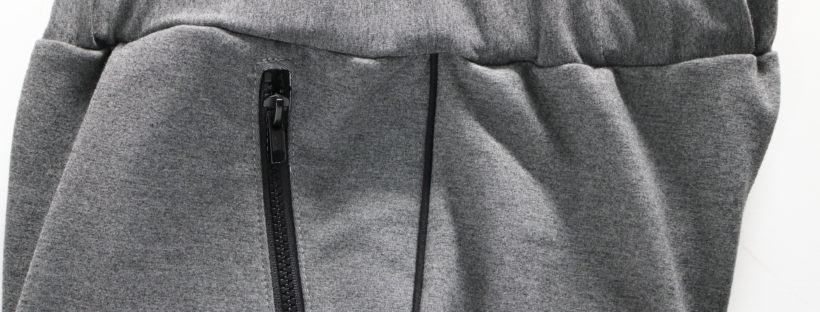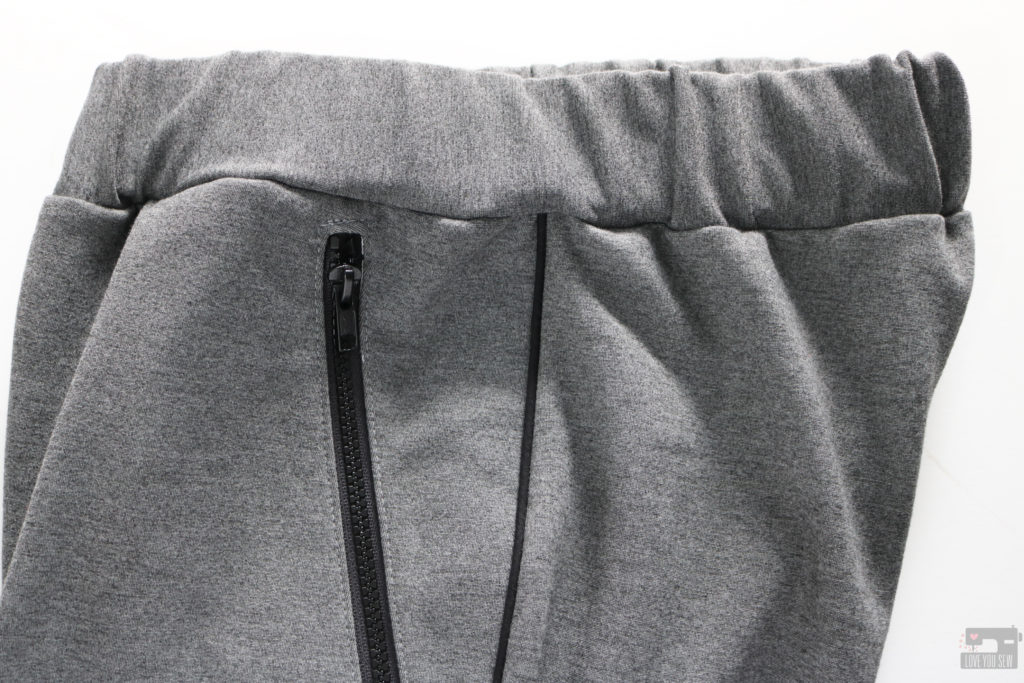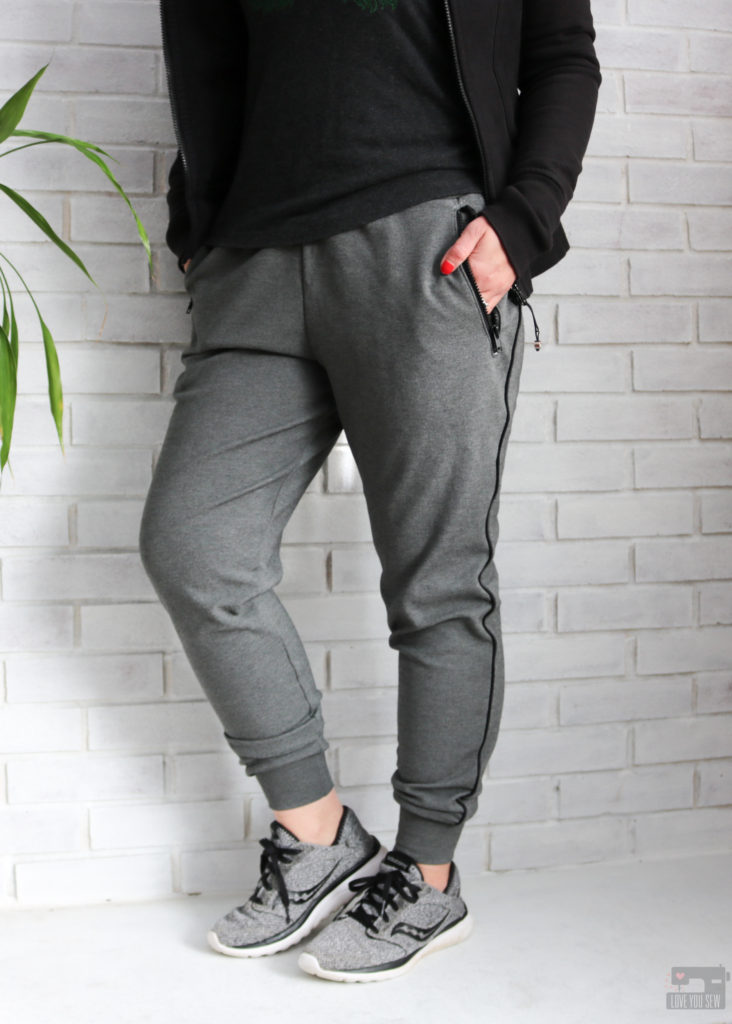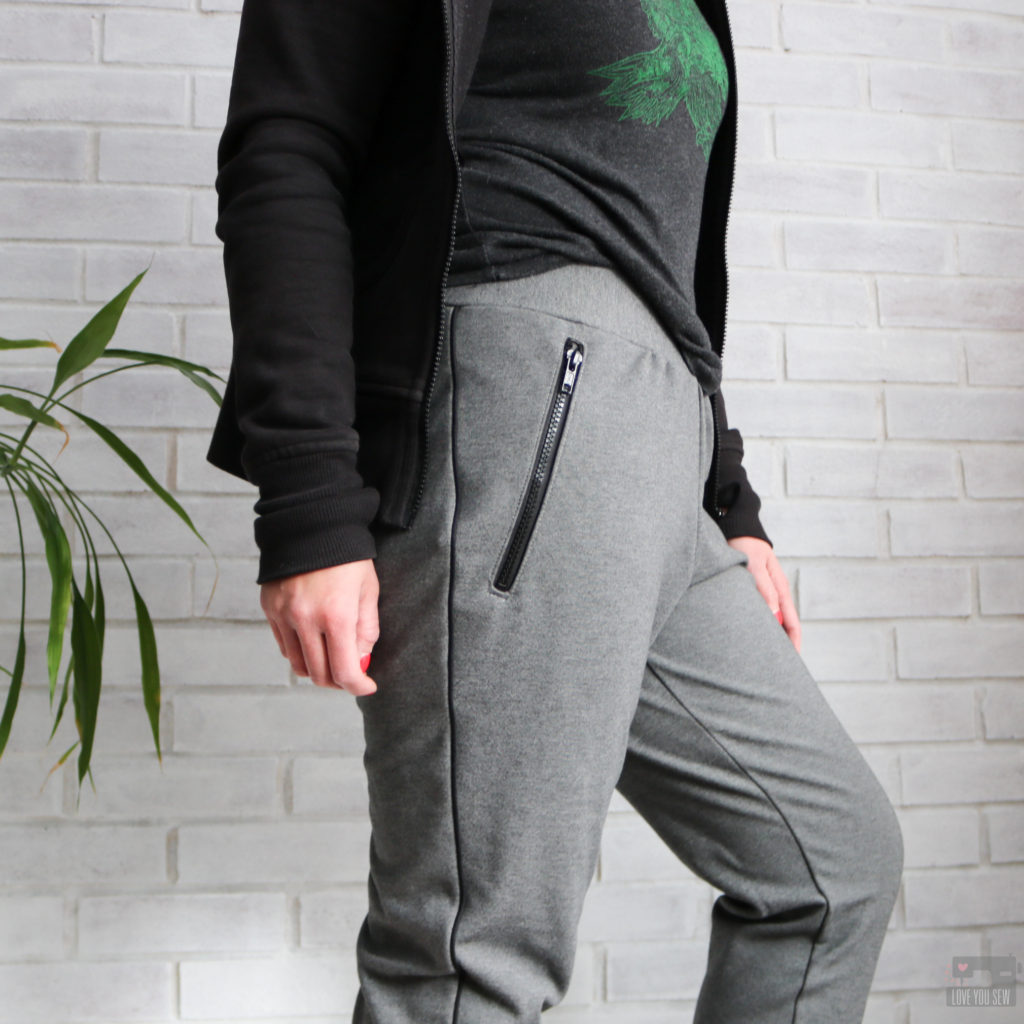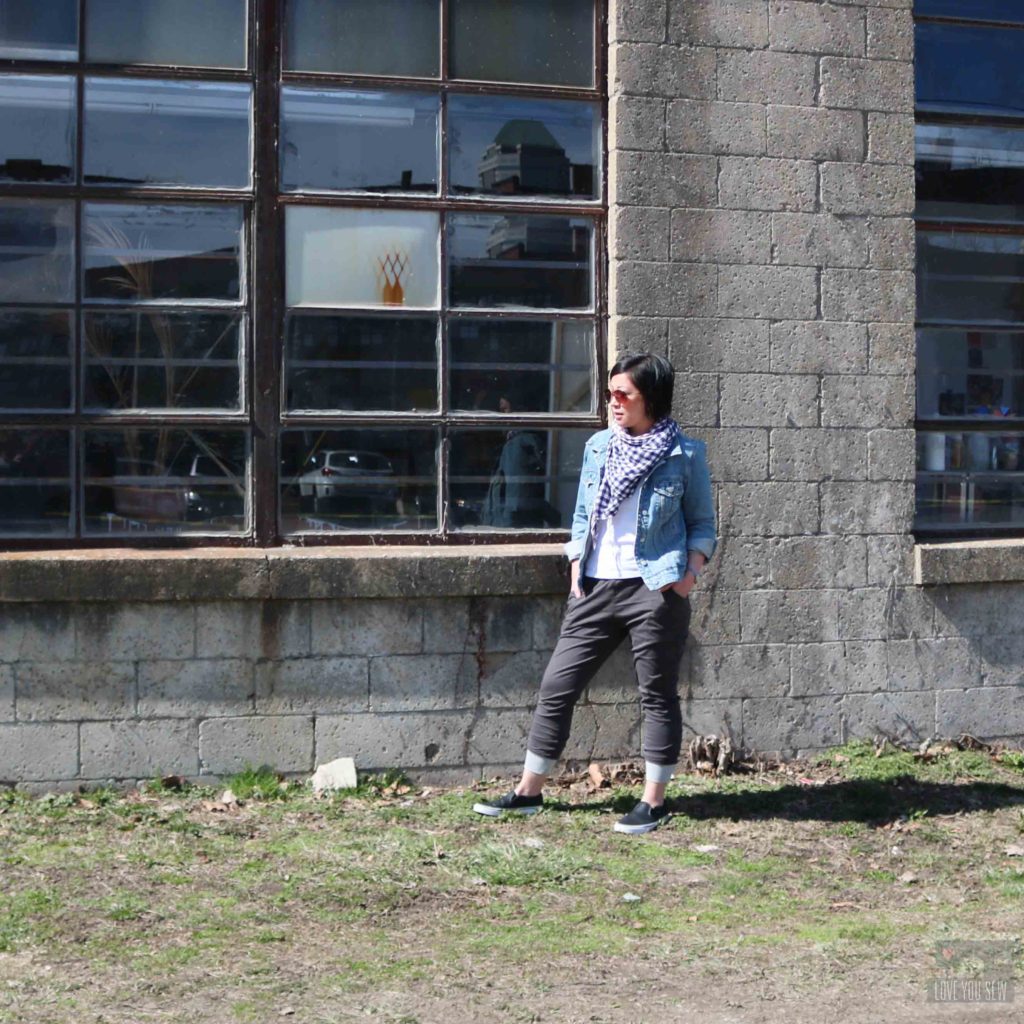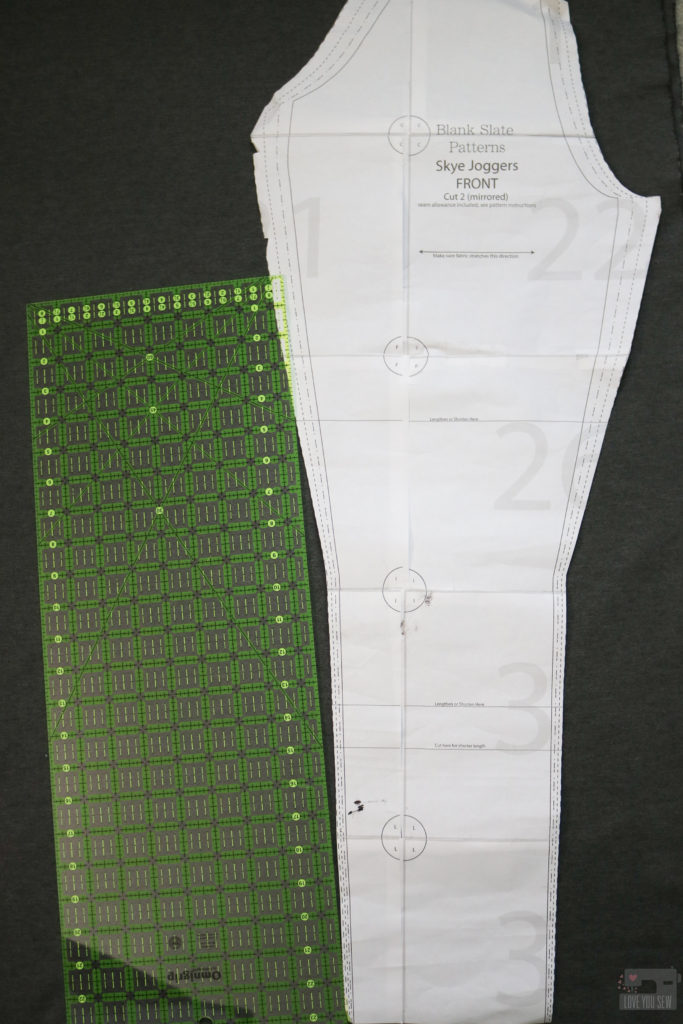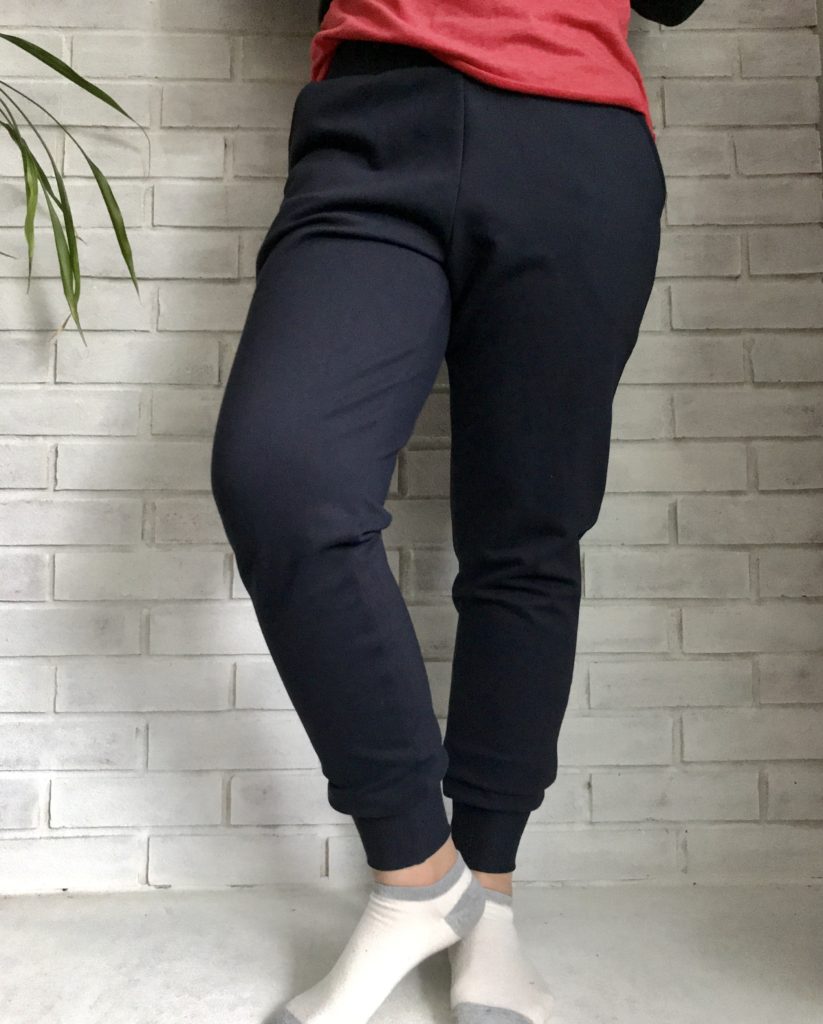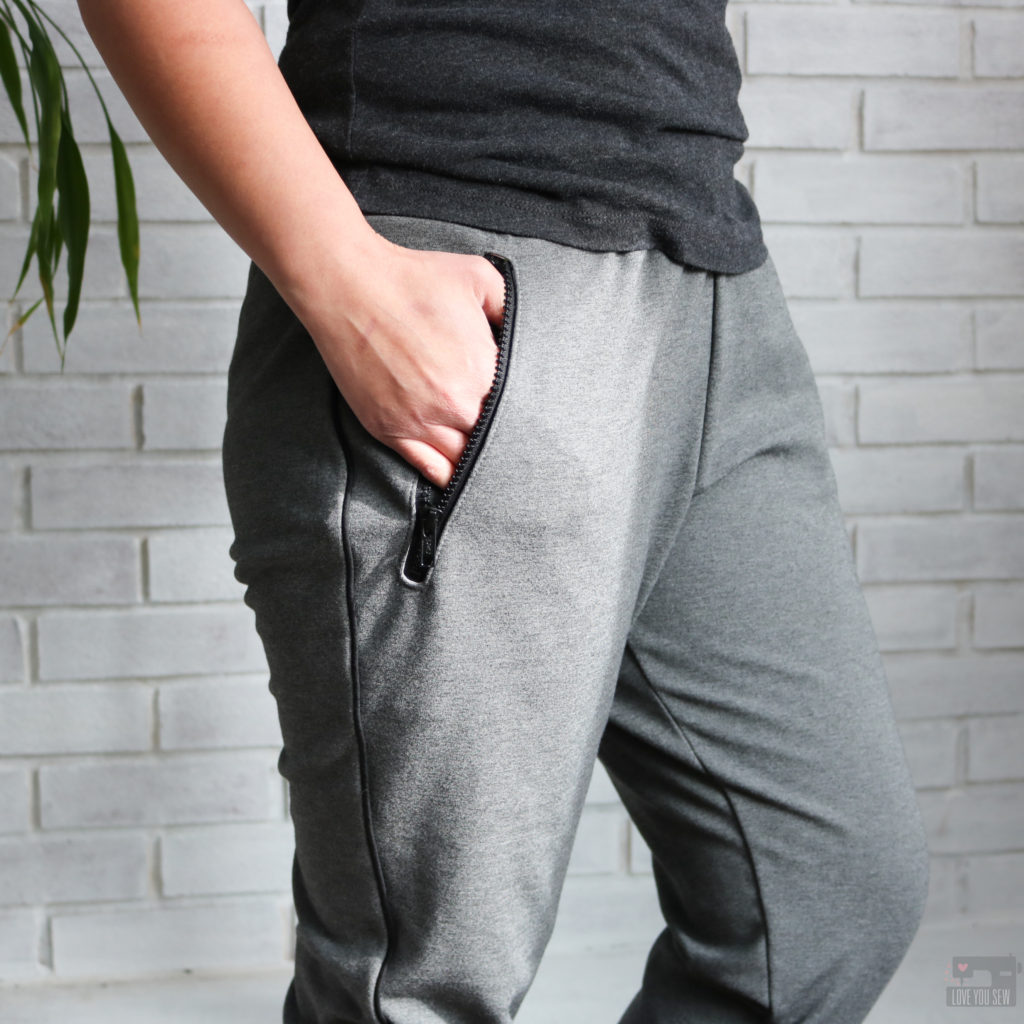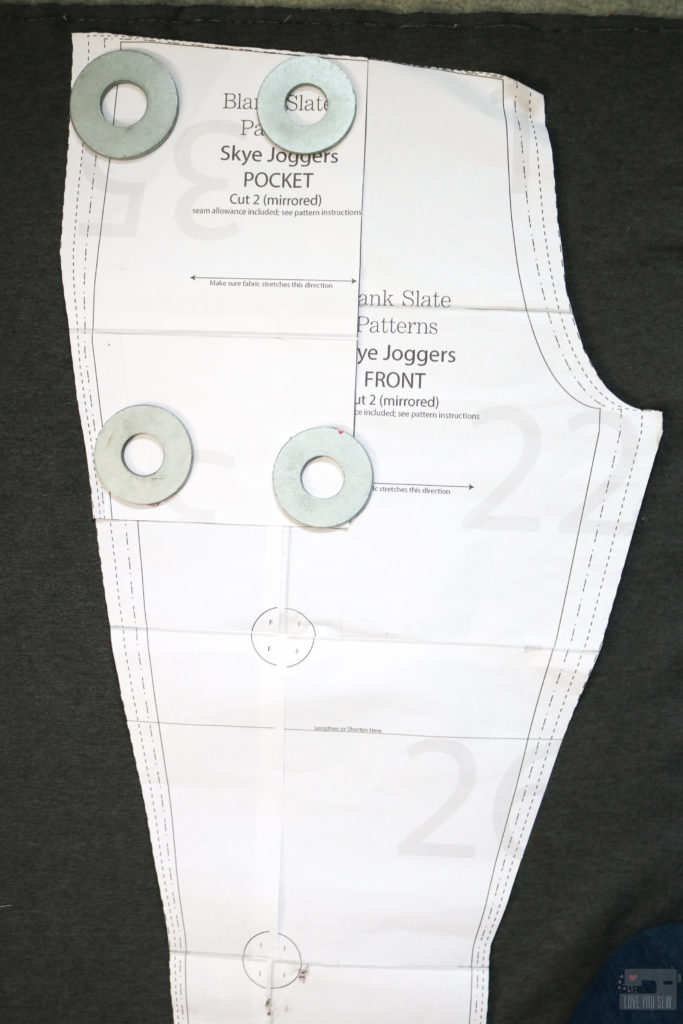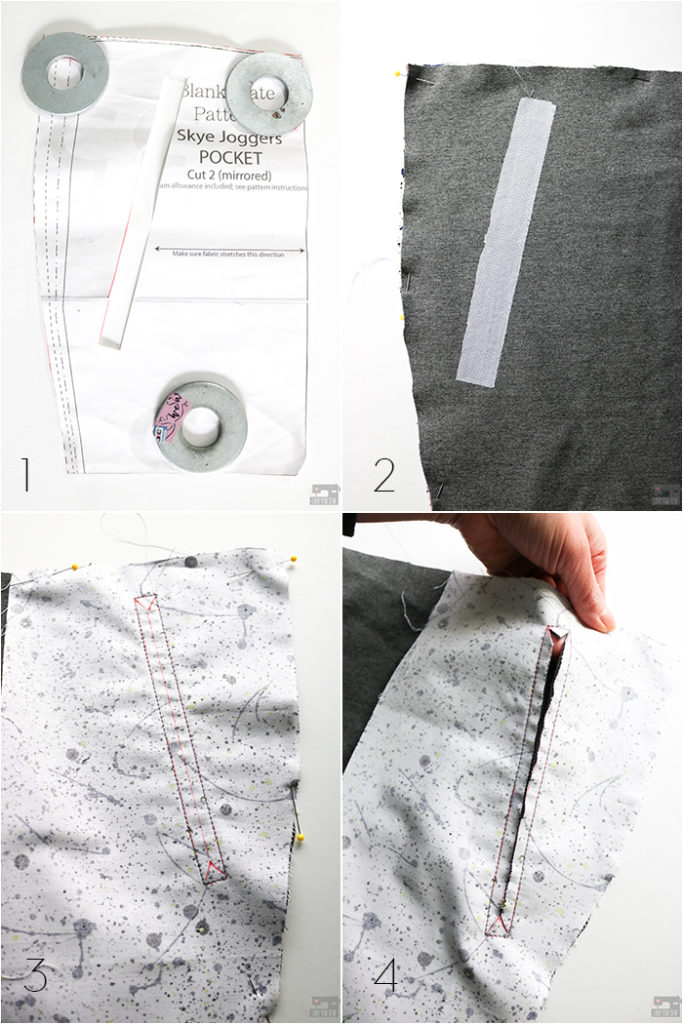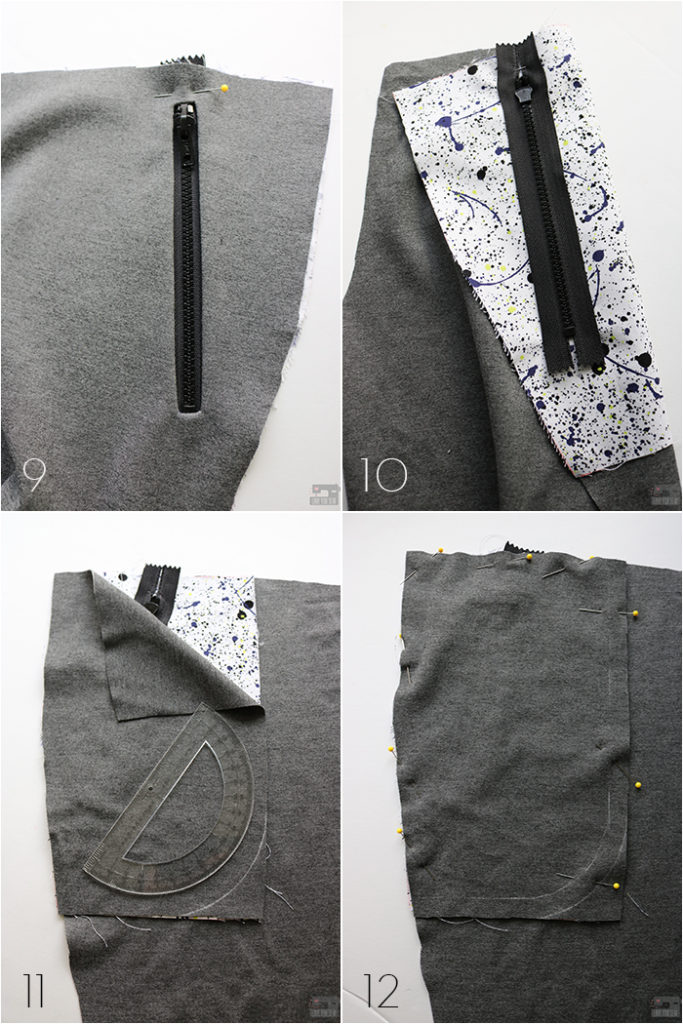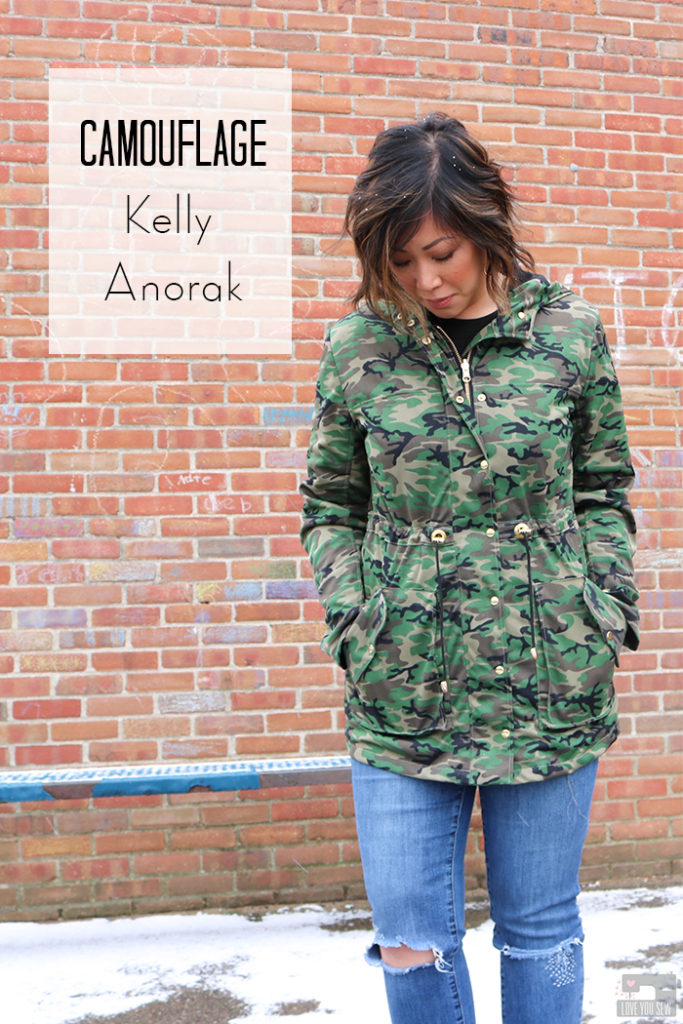
Camouflage prints are not just for combat. This fabric print is heavy in current street style and I love it!!! The print we know as camo has been around for decades and goes in and out of fashion. But with notable fashion houses, like Valentino and Tom Ford, bringing the print into recent collections with either changes from the traditional color palette to the shapes of the pools, camouflage seems to be even more popular in recent years.
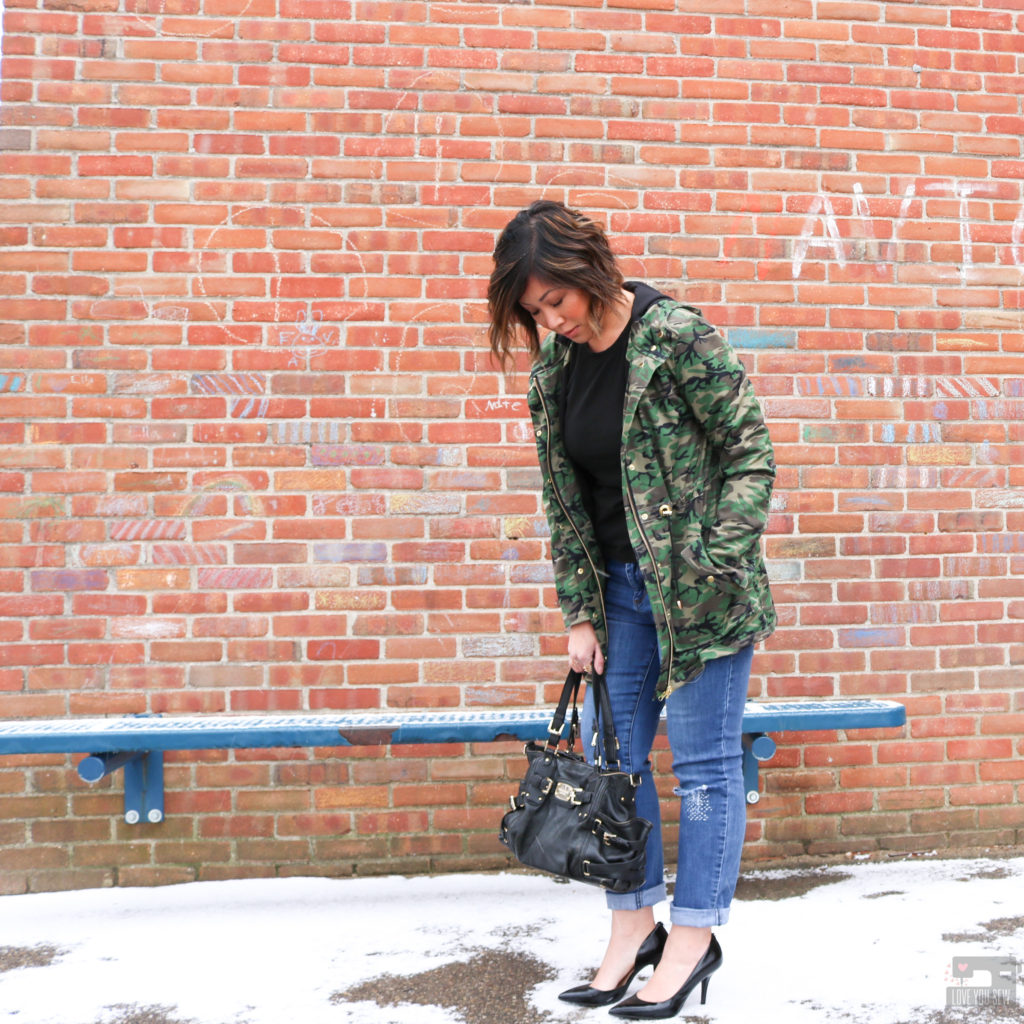
I’ve always loved camouflage print and am a big fan of mixing femme and masculine looks together. At first, I tried to find old military jackets from the thrift shops to tailor down to my sizing, but it proved much harder than I thought it would. Most of the camouflage from the shops were the newer pixelated prints like this (Marine 2002), whereas I was looking for the more traditional woodland pools of color.
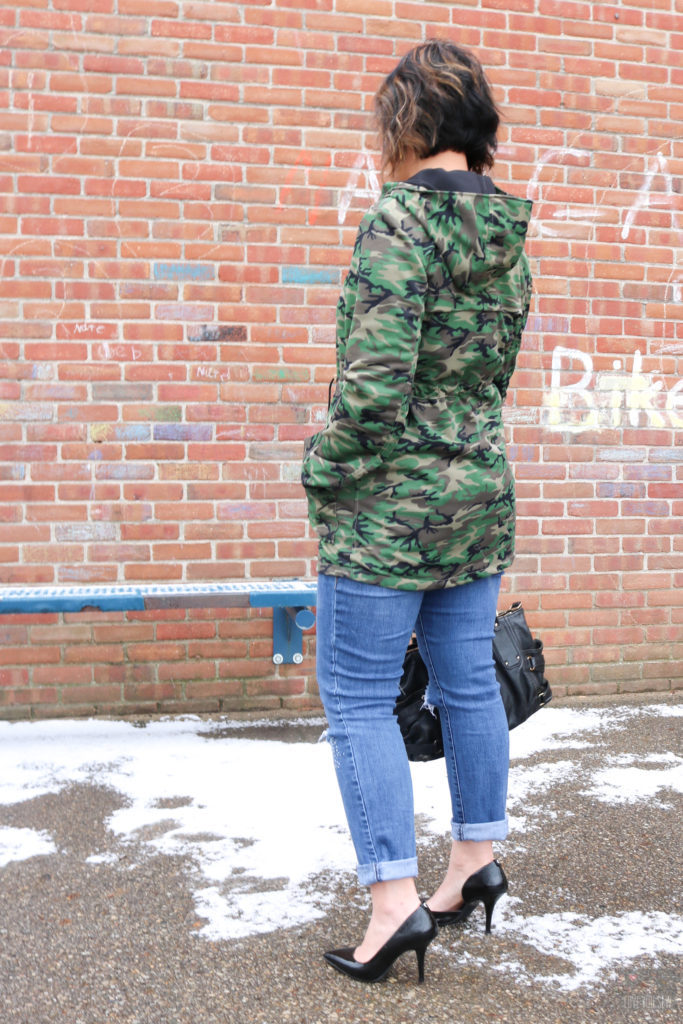
Then Stylish Fabrics asked me to work with some of their fabric and I couldn’t say no. Since my quest for a second-hand jacket was coming up short, I looked into Stylish Fabric’s selection and was so happy…ok, estactic…to find this Olive Camouflage stretch poly. (Unfortunately, this fabric no longer available on their site. But they do have other camo prints here.) I knew this fabric along with the Kelly Anorak pattern were going to be exactly what I’ve been wanting needing in my wardrobe.
Fabric
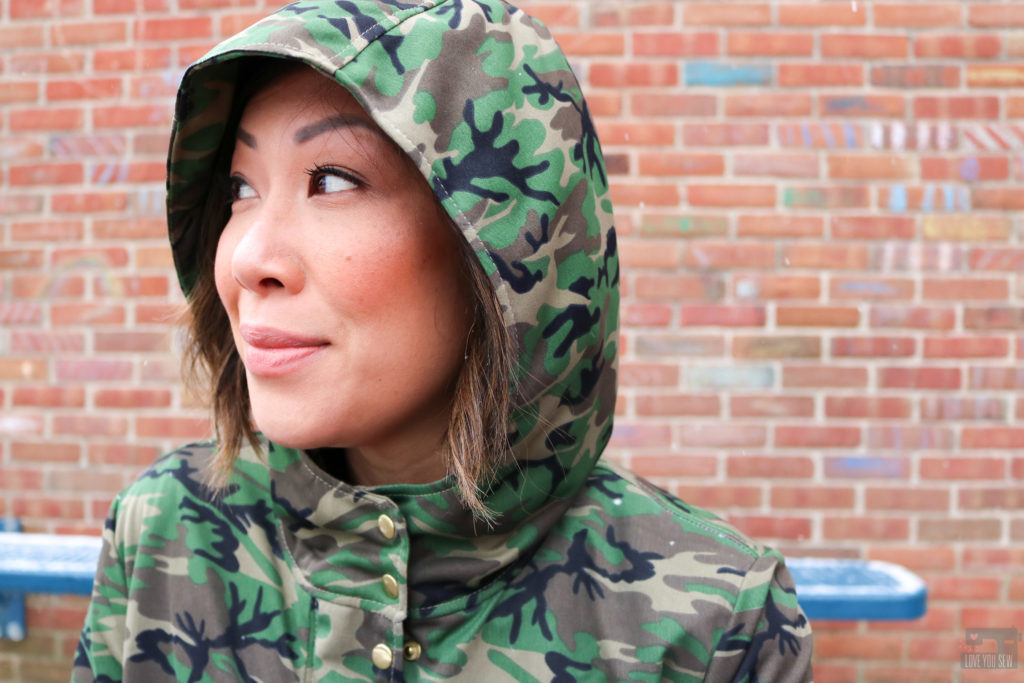
This Olive Camouflage is a screen printed design over polyester fabric with a slight two-way stretch which is great for movement. I wasn’t sure this would be heavy enough for a jacket. But paired with this Black Crepe, it’s the perfect combo for a light jacket. The polyester shell is nice and smooth and I have a feeling it will be great against stains. When working with this fabric, I did have to use spray starch to help with pressing since the poly content doesn’t give a crisp finish like a natural fiber would.
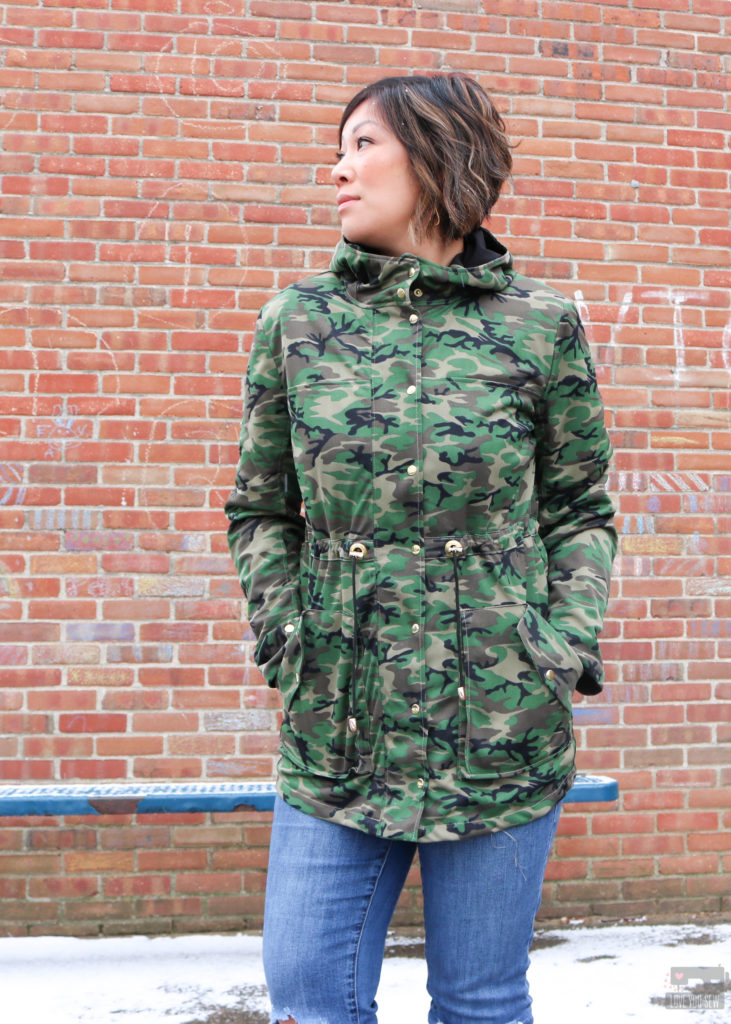
The Black Crepe fabric has a nice hand and is completely opaque. There is even a little bit of spandex in this fabric for movement as well. I don’t think I have to worry about seams popping with all the extra give in these fabrics! With camouflage being a busy print, I though about a bolder pink or red lining. Since you can see the lining on the hood, I figured neutral was the safer bet so it could be worn anytime…I think I made the right decision!
Pattern
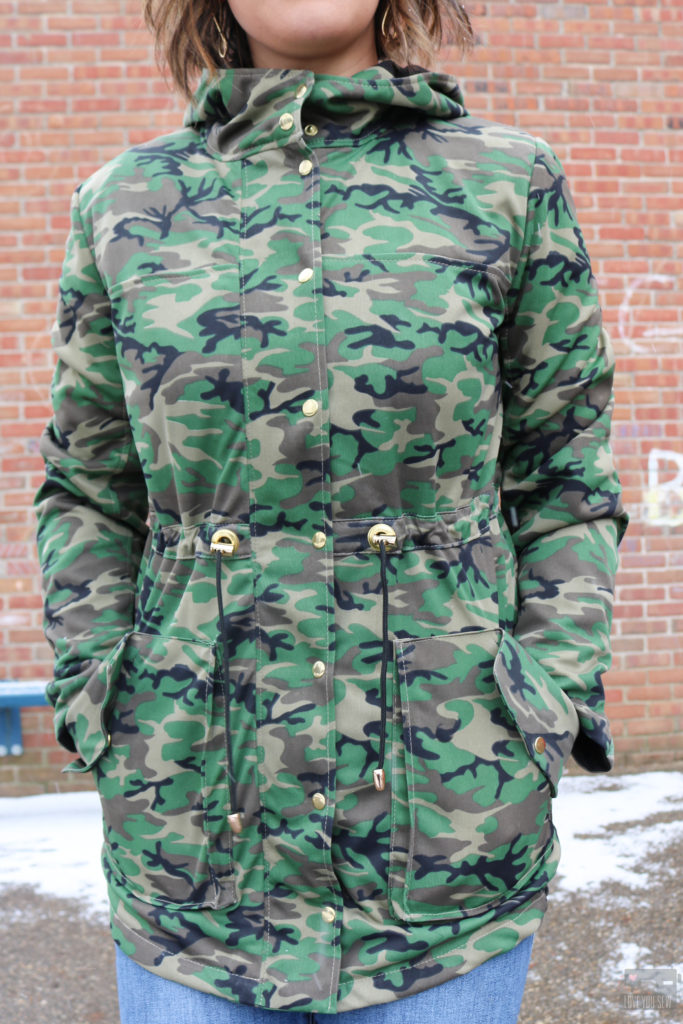
There are a few indie anorak style jacket patterns out there and I ended up going for the Kelly Anorak based on the length (to fully cover my backside) and for the number of snaps. I also wanted to make the camouflage more femme with lots of gold hardware – and with 11 snaps plus 2 grommets, I was excited about the possibilities!
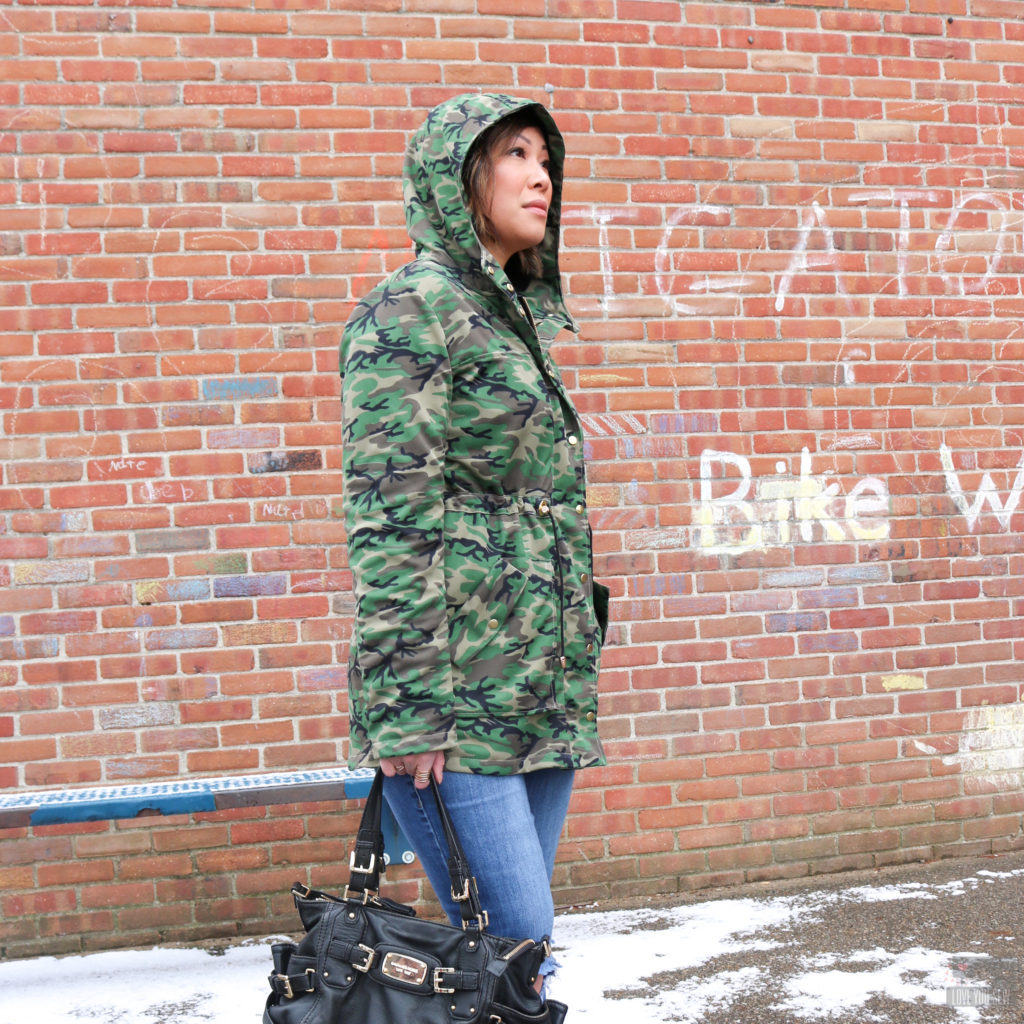
The original pattern is unlined, but there is an add-on for the lining. If you make the anorak WITH a lining, be sure to use those instructions. You will omit some of the pattern pieces from the original pattern and/or swap them out for different ones with the lining. Don’t make my mistake and end up with wasted fabric from cutting out all of the original pattern pieces first!
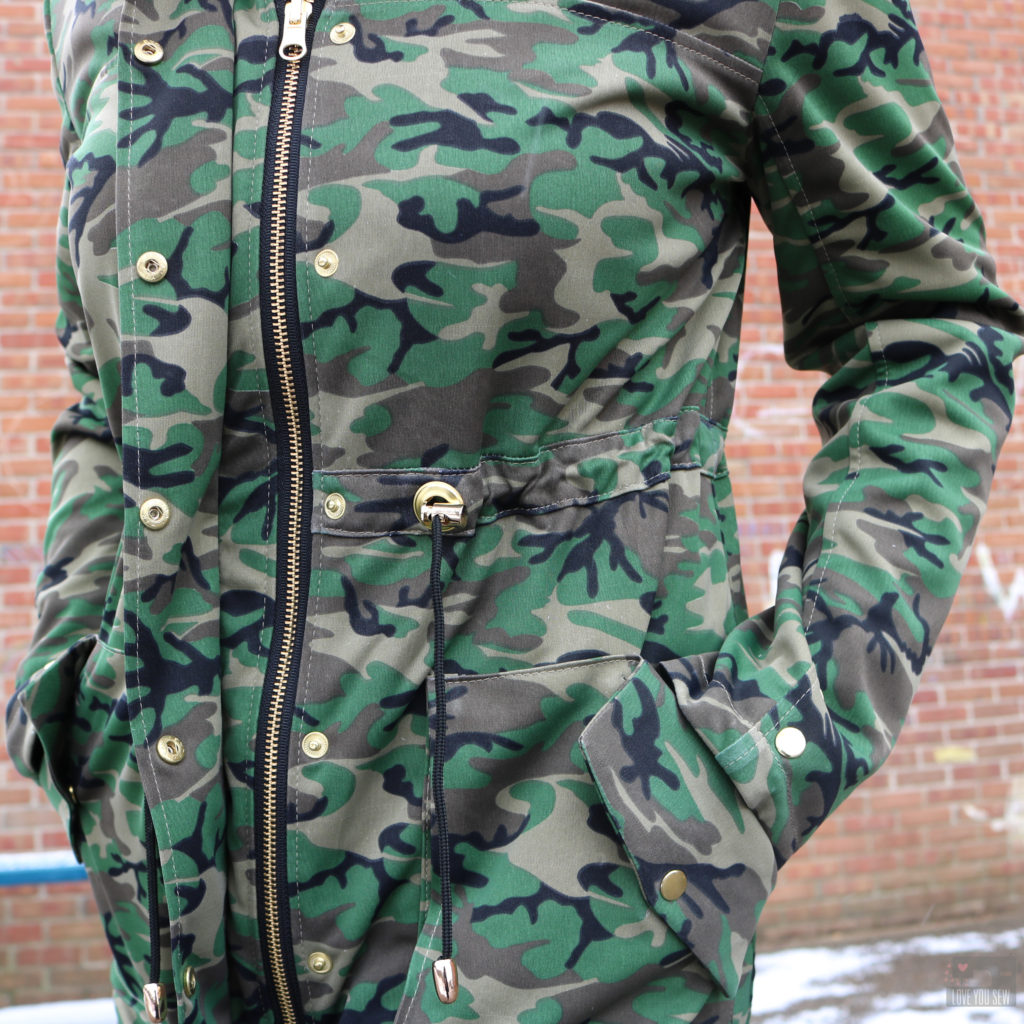
After sorting out my pattern pieces, I was ready to go and loved having the Closet Case Sew-Along in conjunction with the actual instructions. It’s so nice to have the extra pictures and different angles to make sure the jacket is being sewn properly.
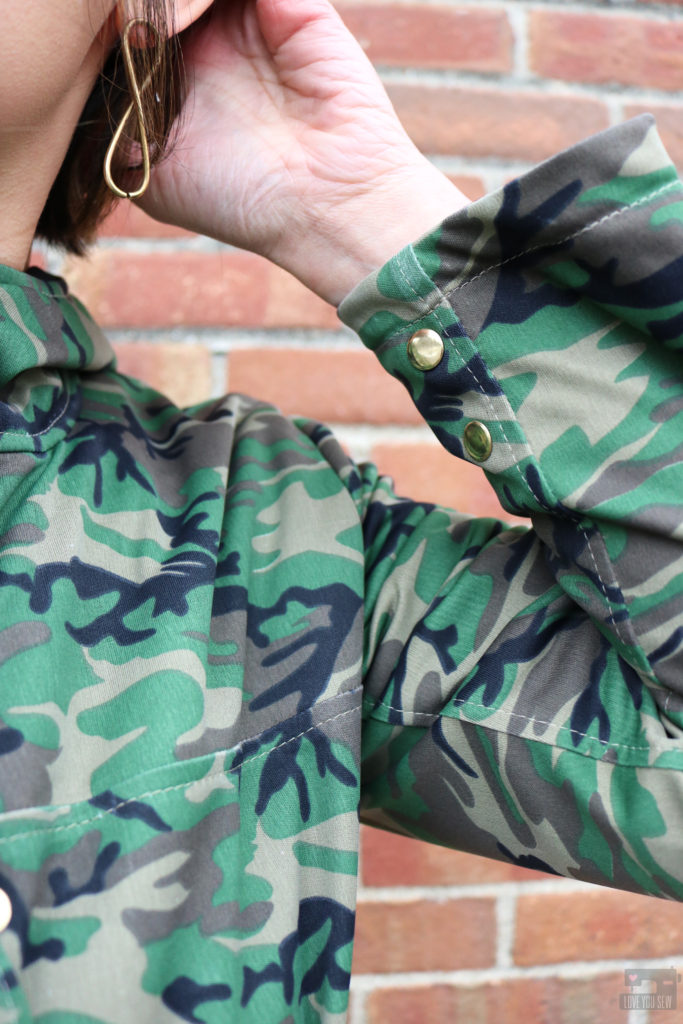
One of the major changes making the lined version of the Kelly Anorak is the cuff — or more so, the lack of. In the original version, there is a cuff with snaps. But in the lined version, you just sew the sleeves together. To give a little bit of the look, I added two snaps for the extra accents. If I make this jacket again, I will definitely hack the lined version for the cuffs!
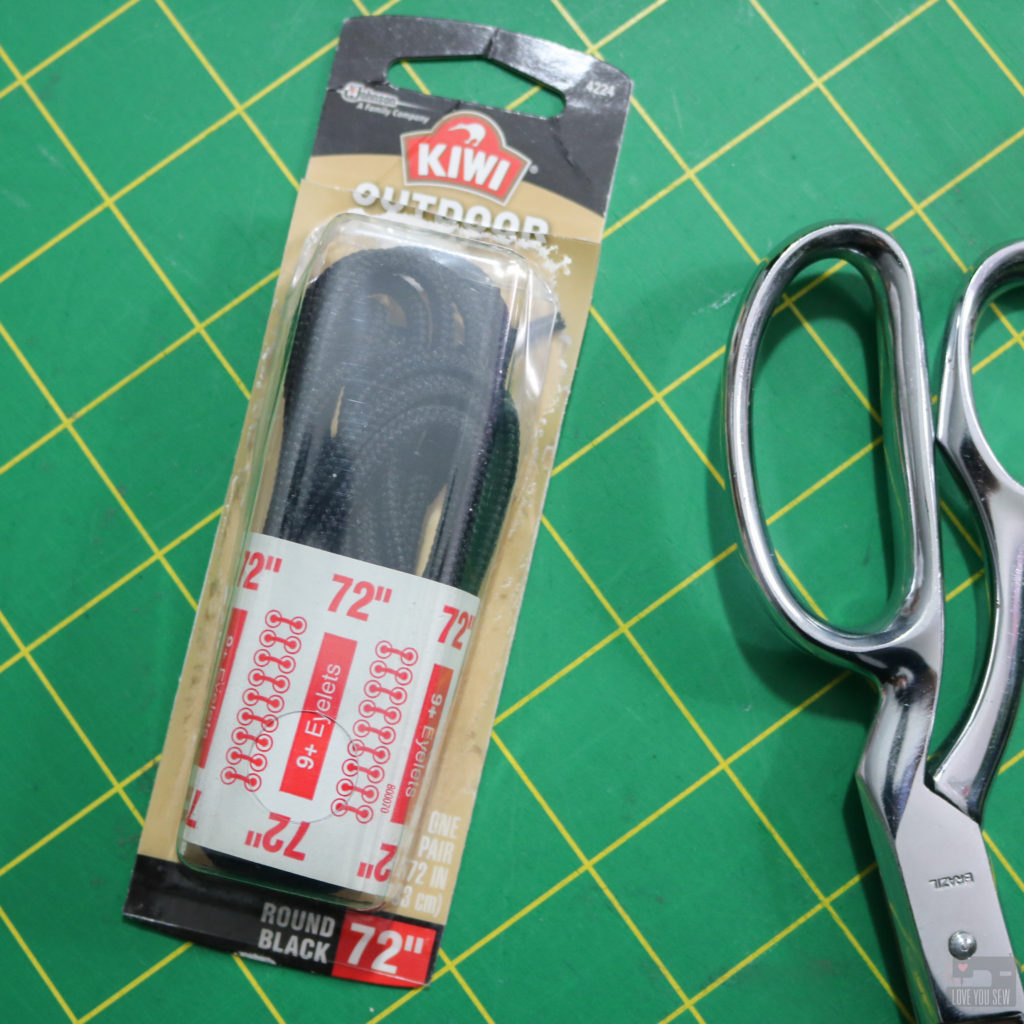
Closet Case Patterns has a great kit on their website with all the extra hardware, zipper and drawstring for the project. I decided to go my own route for chunkier brass accents and used the following:
- Zipper: This is actually a reversible jacket from Wawak. While the pattern doesn’t call for the reversible style, I liked the size and the shape of the metal pull.
- Drawstring: By chance, I happen to have these extra shoelaces after replacing a set of a different length. I cut one shoelace to length and burned the ends to seal.
- Cord Stopper and Cord Ends: I found both items in this cute shop on Etsy, called PacificTrimming.
- Grommets: These are size 2 and were also from Wawak. The pattern suggests size 0 or 1, which I should have read before ordering…doh! They were very difficult to stitch around, so go with the recommendation!
- Snaps: I bought these double capped spring snaps from GoldStar tool and since I already have a press, I went ahead and got the dies. You can buy these snaps with the hand setter as well. I like the double-cap snaps for added strength and they look nice on the inside of the jacket too.
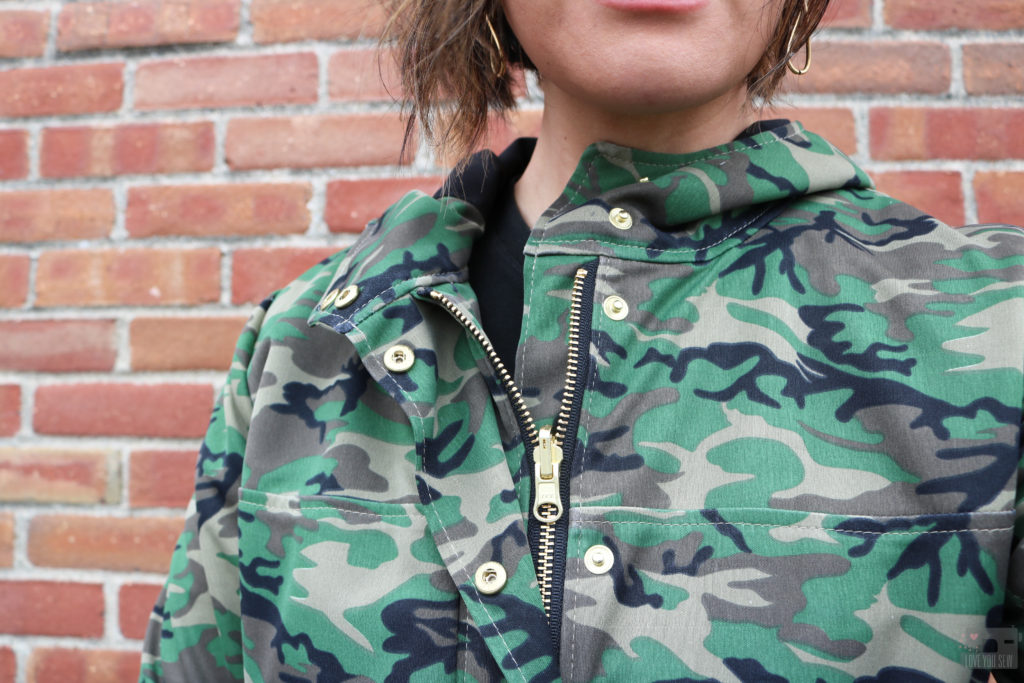
Initially, I was pretty overwhelmed with this pattern due to just the number of pattern pieces I had to cut out. But I paced myself and sewed it slowly step-by-step so I could have this jacket for years to come. I’m happy I took my time and sewed the Kelly Anorak in digestible chunks so I wouldn’t be discouraged. So don’t be scared! I hope you try out the pattern….and extra points if you go camo like I did!!!
Well, Stylish Fabrics has generously offered 20% off the entire site from now until Sunday, March 10, 2019. Use the code: STYLISHXCRISTY at checkout.
Happy Sewing!
Cristy
This post was sponsored by Stylist Fabrics and all fabric used was provided by the company. Pattern and notions were all purchased by me. This post may also contain affiliate links for which I may receive a small compensation to keep this website running. Thank you for your support 🙂
